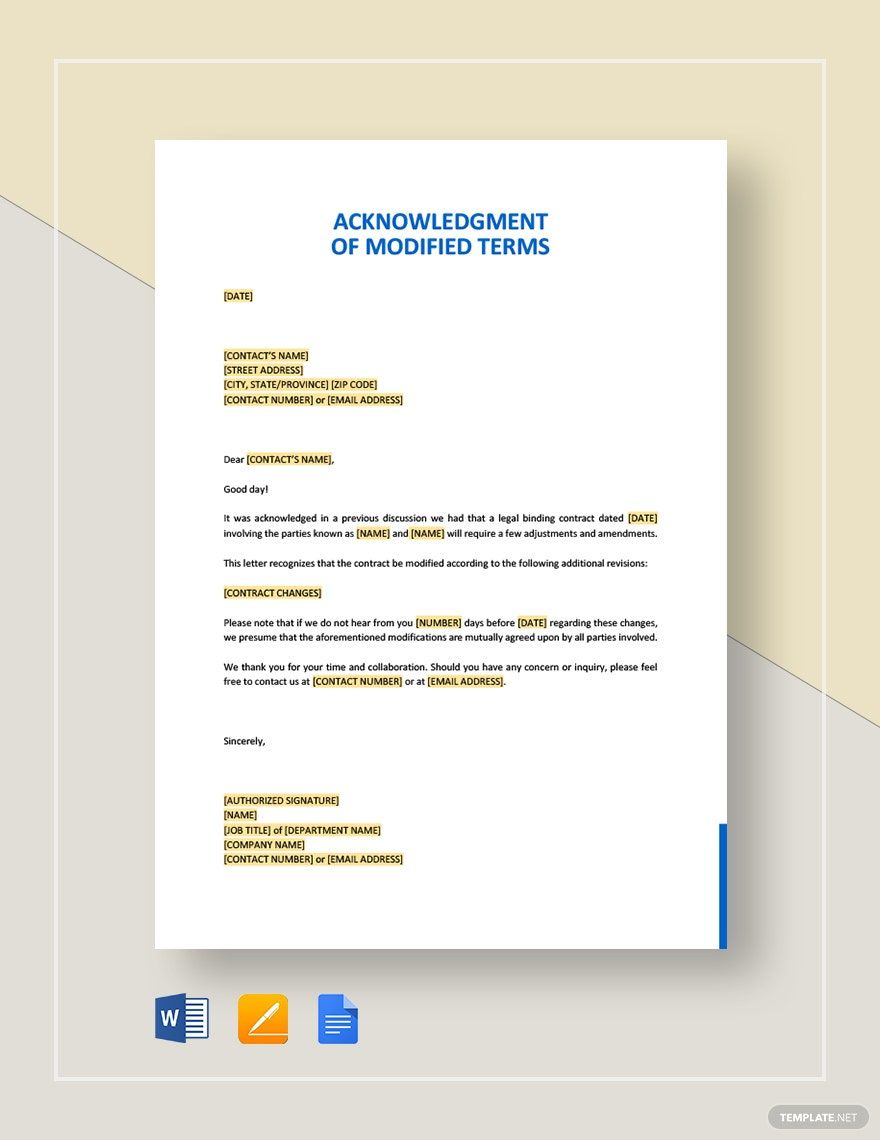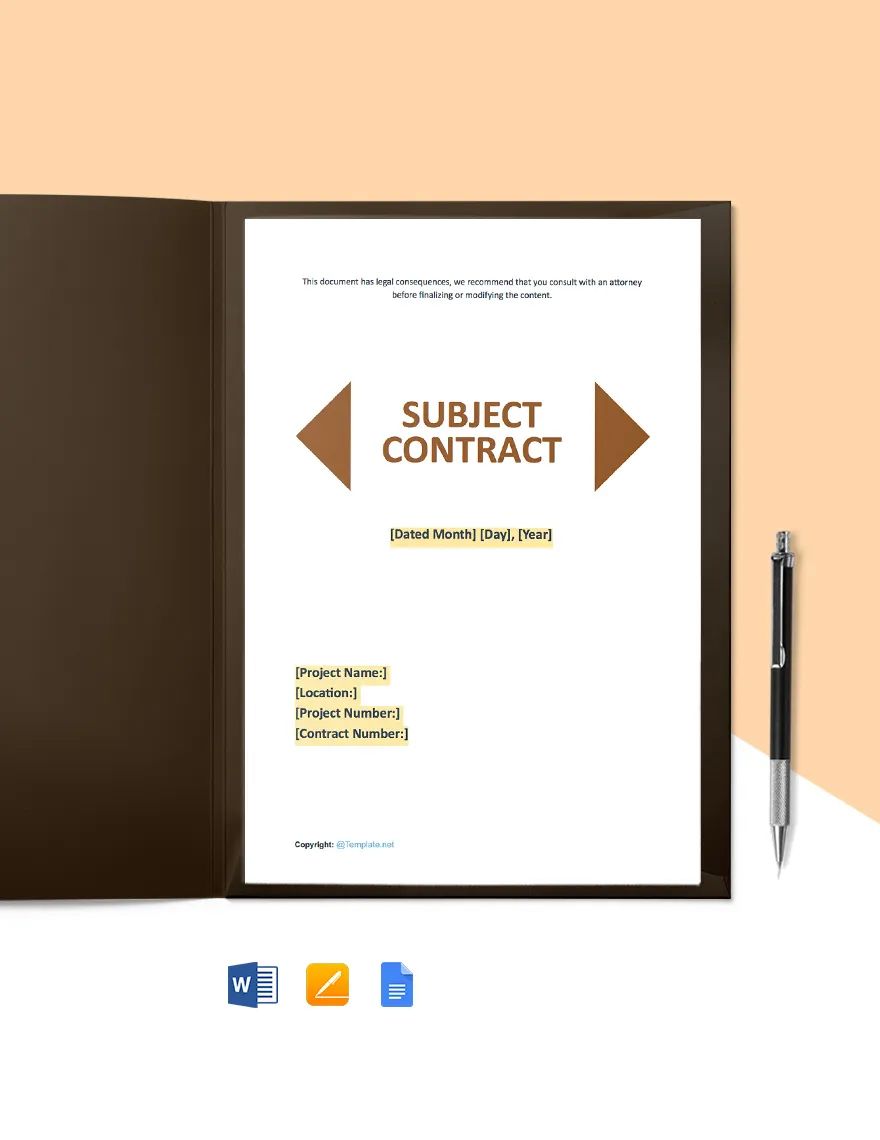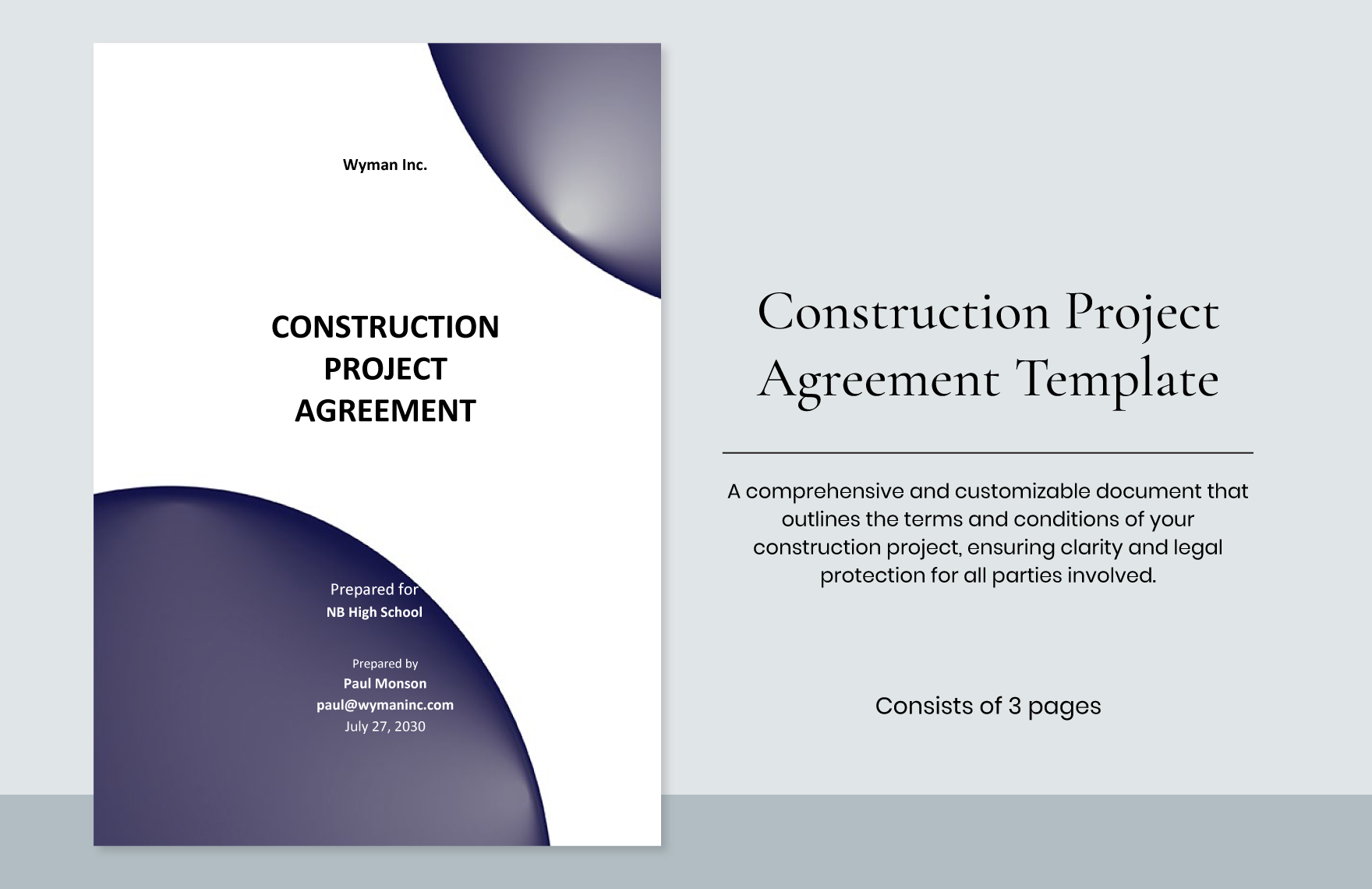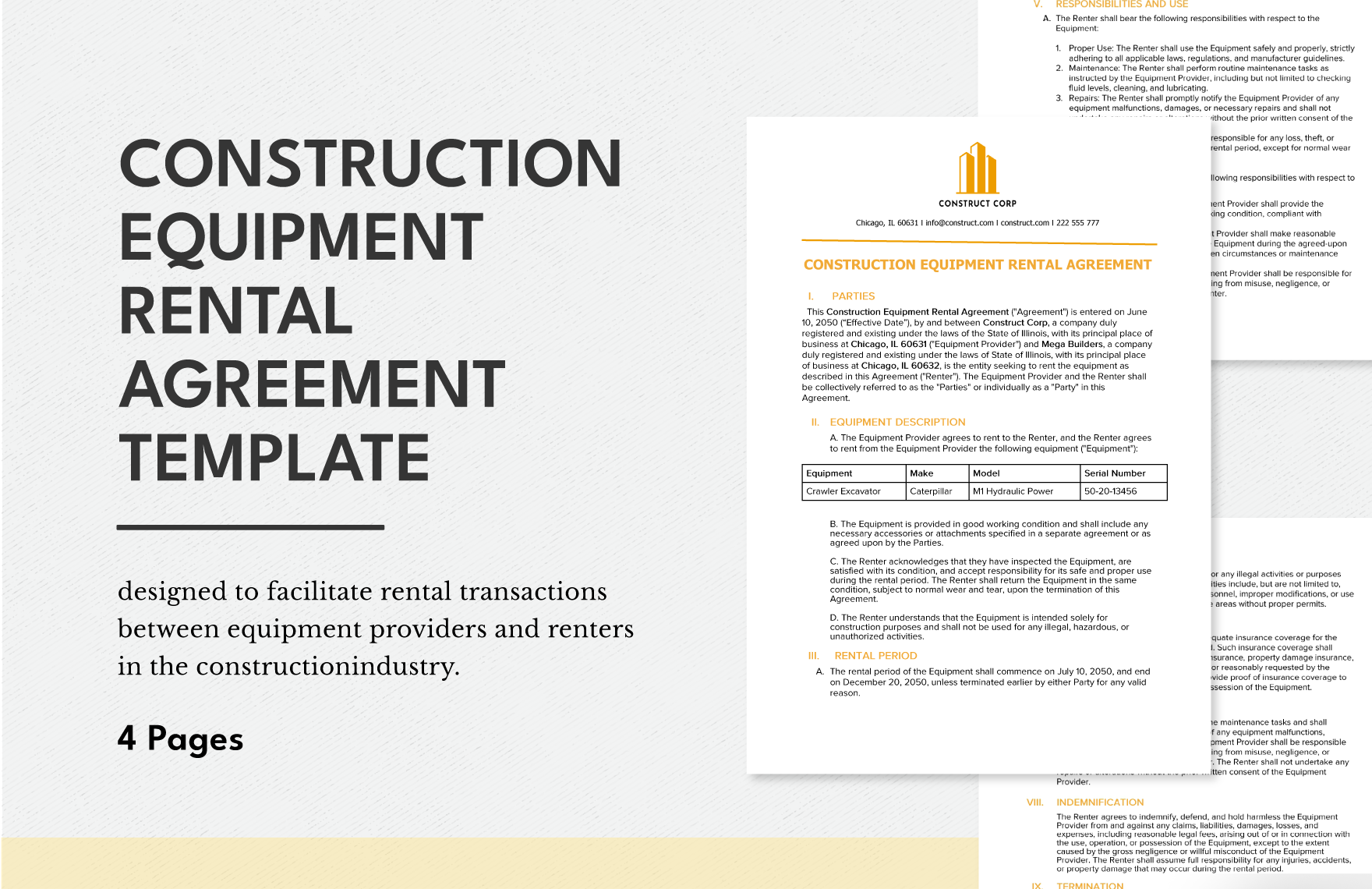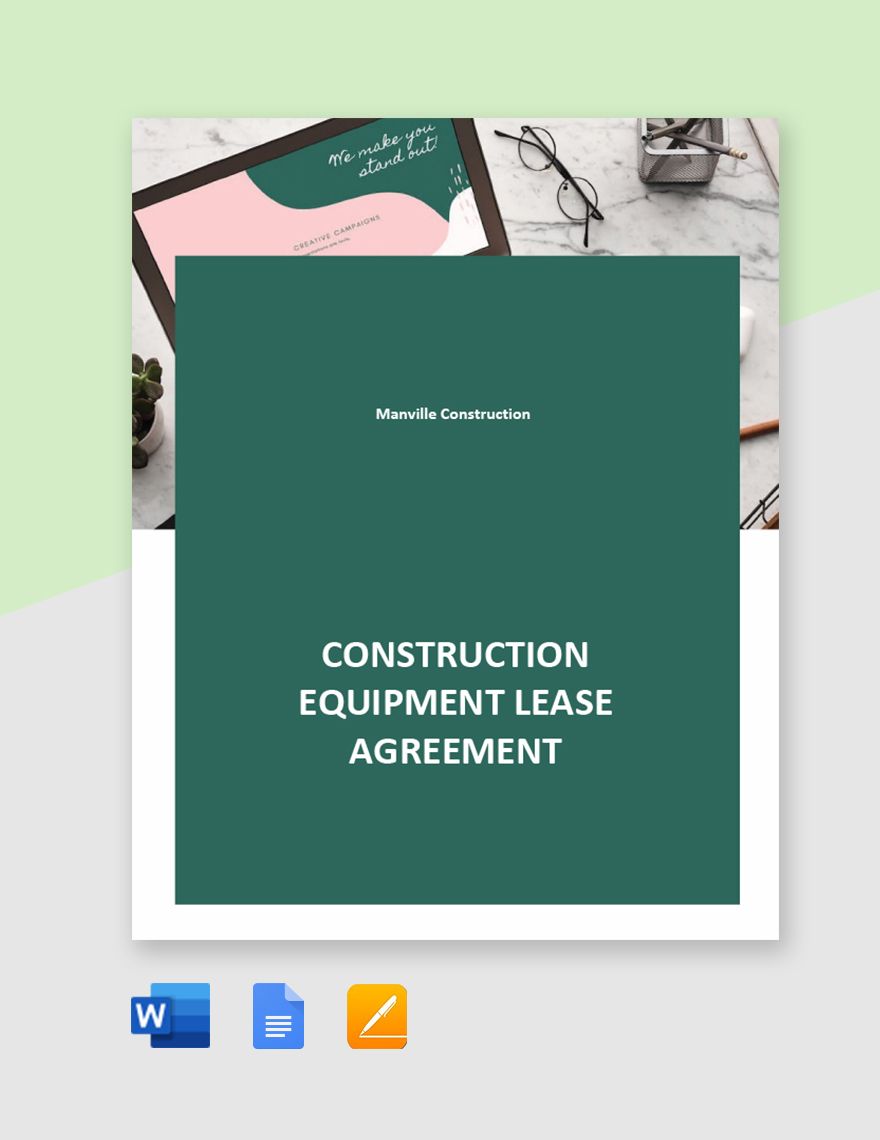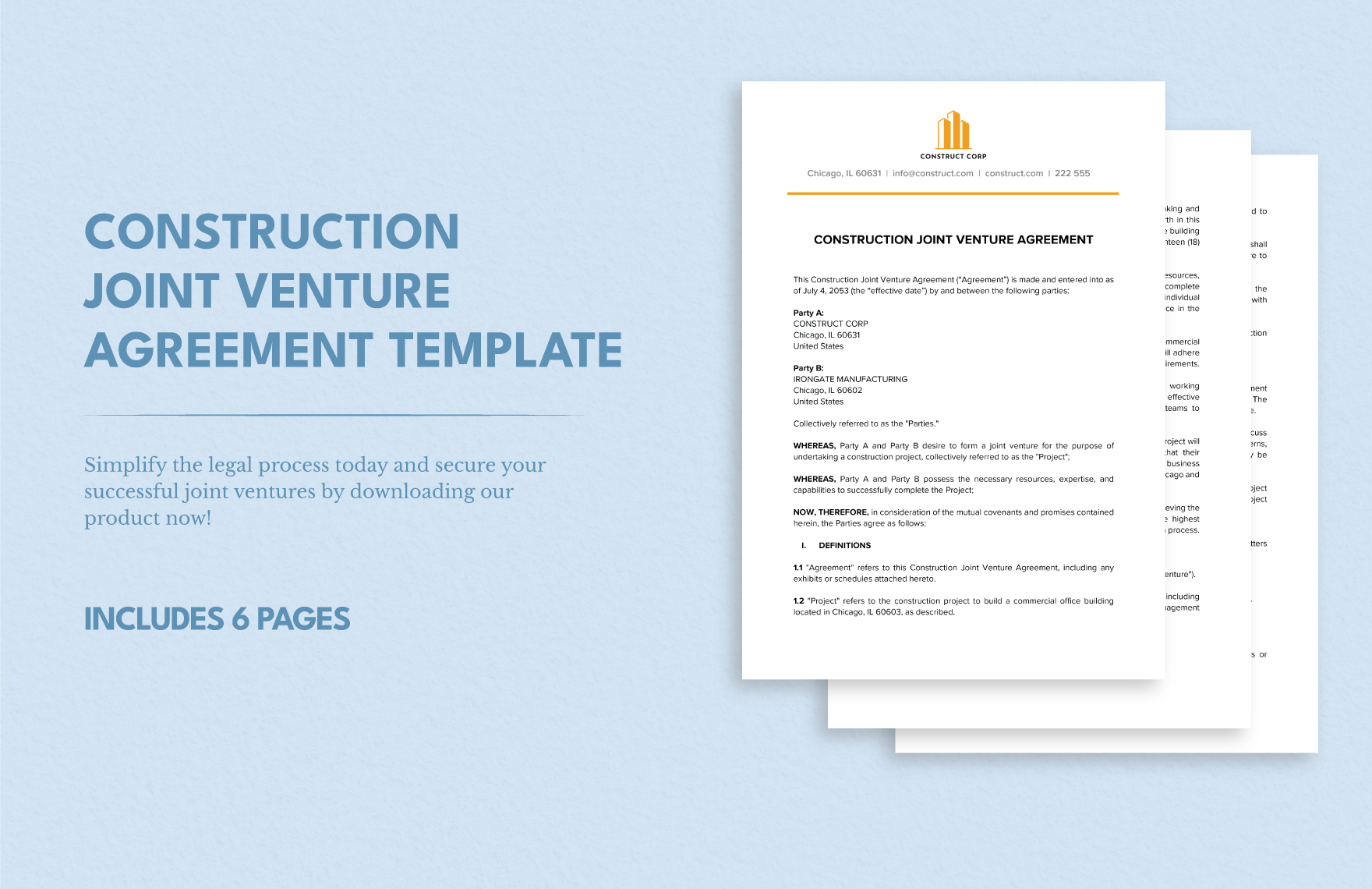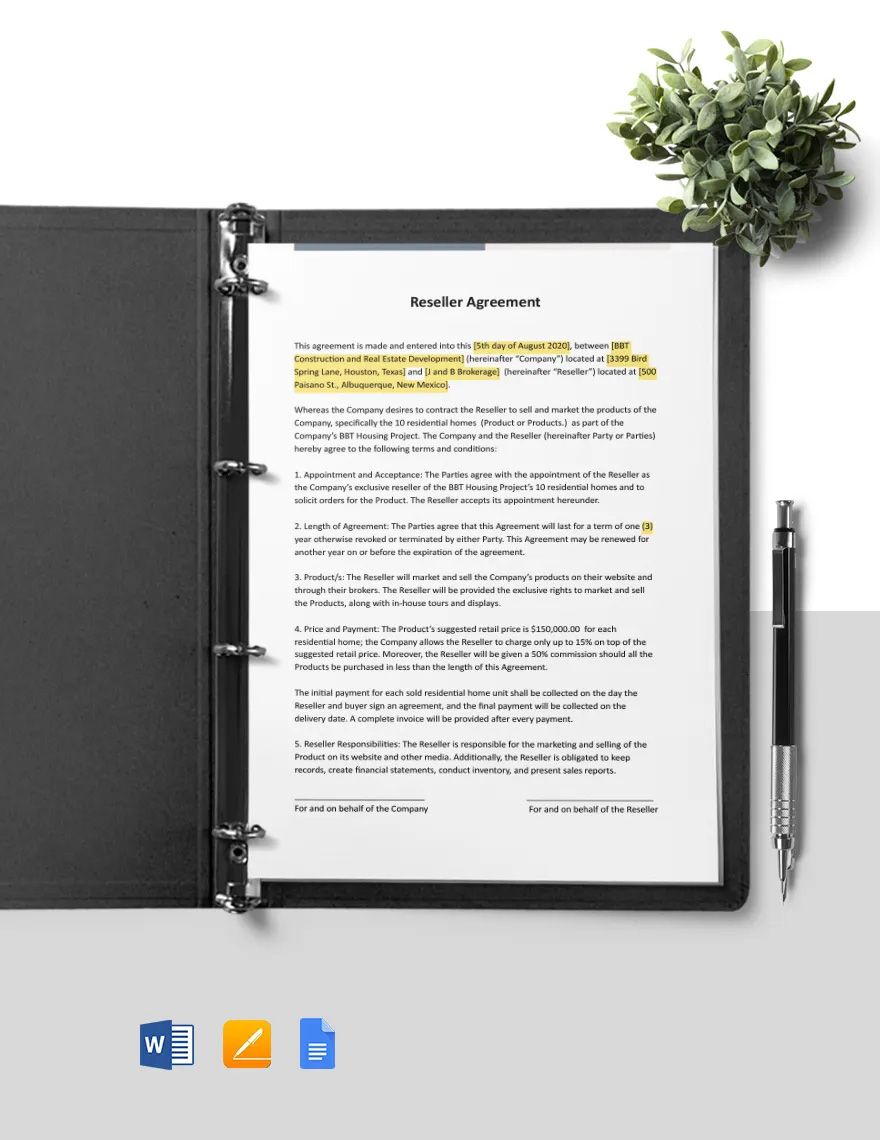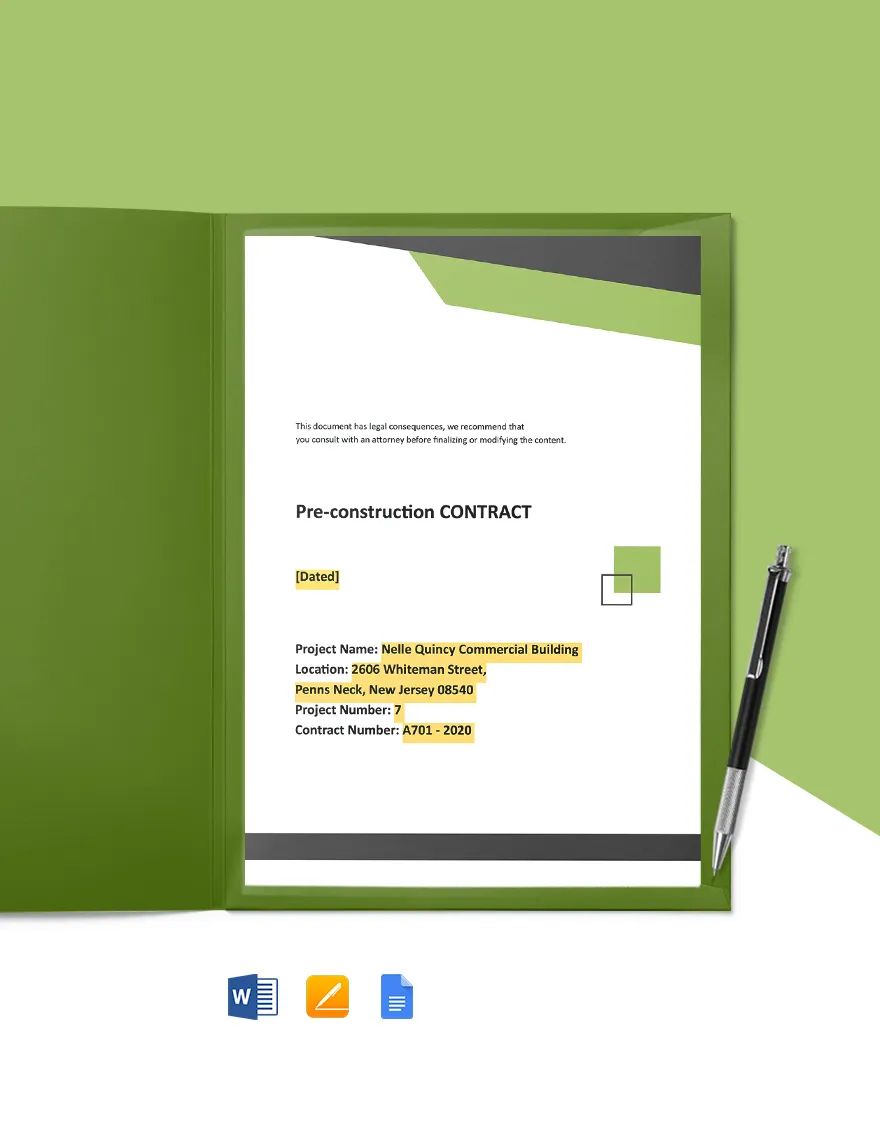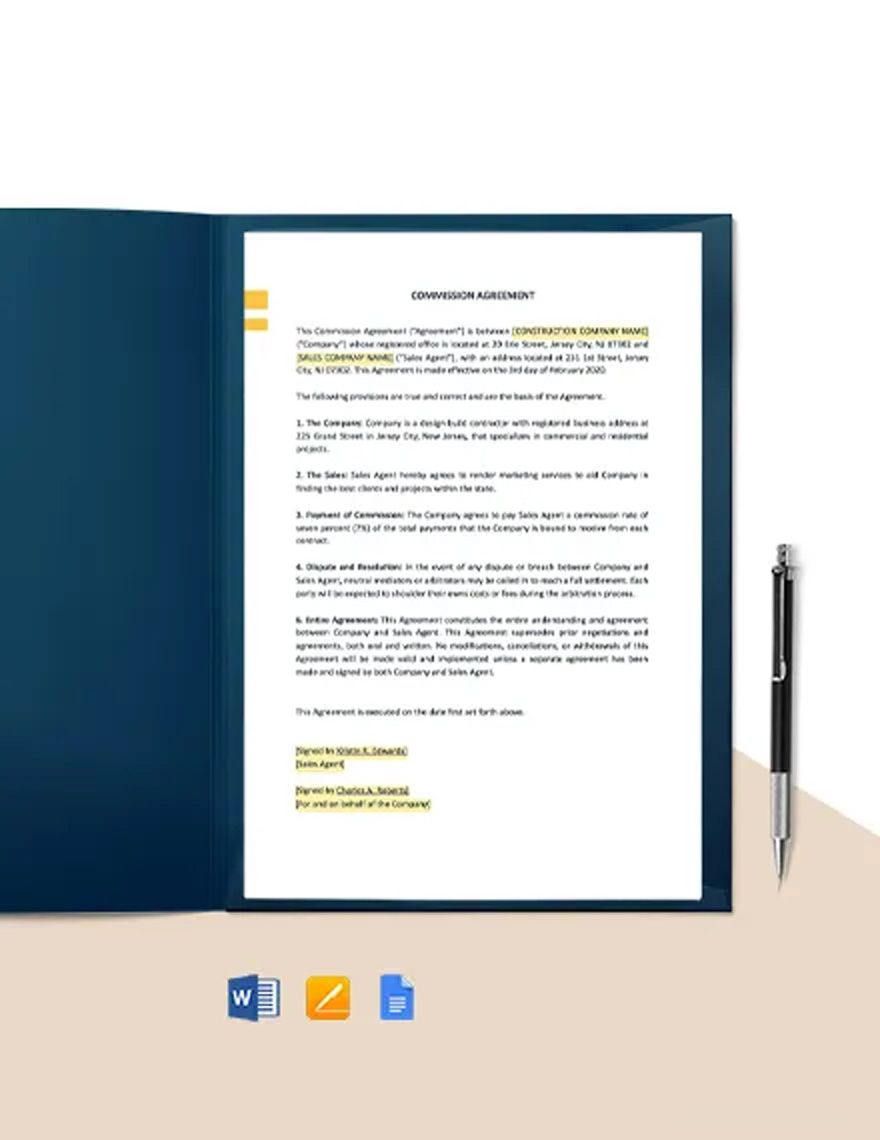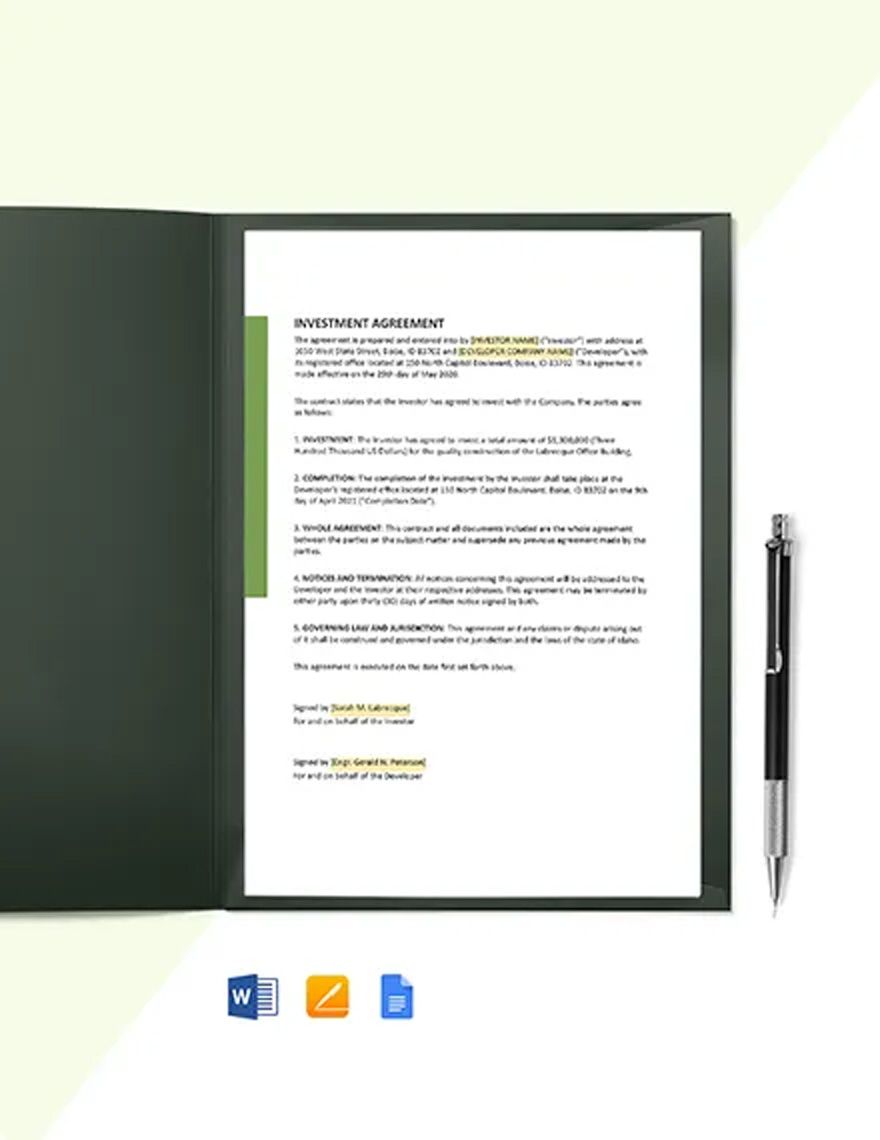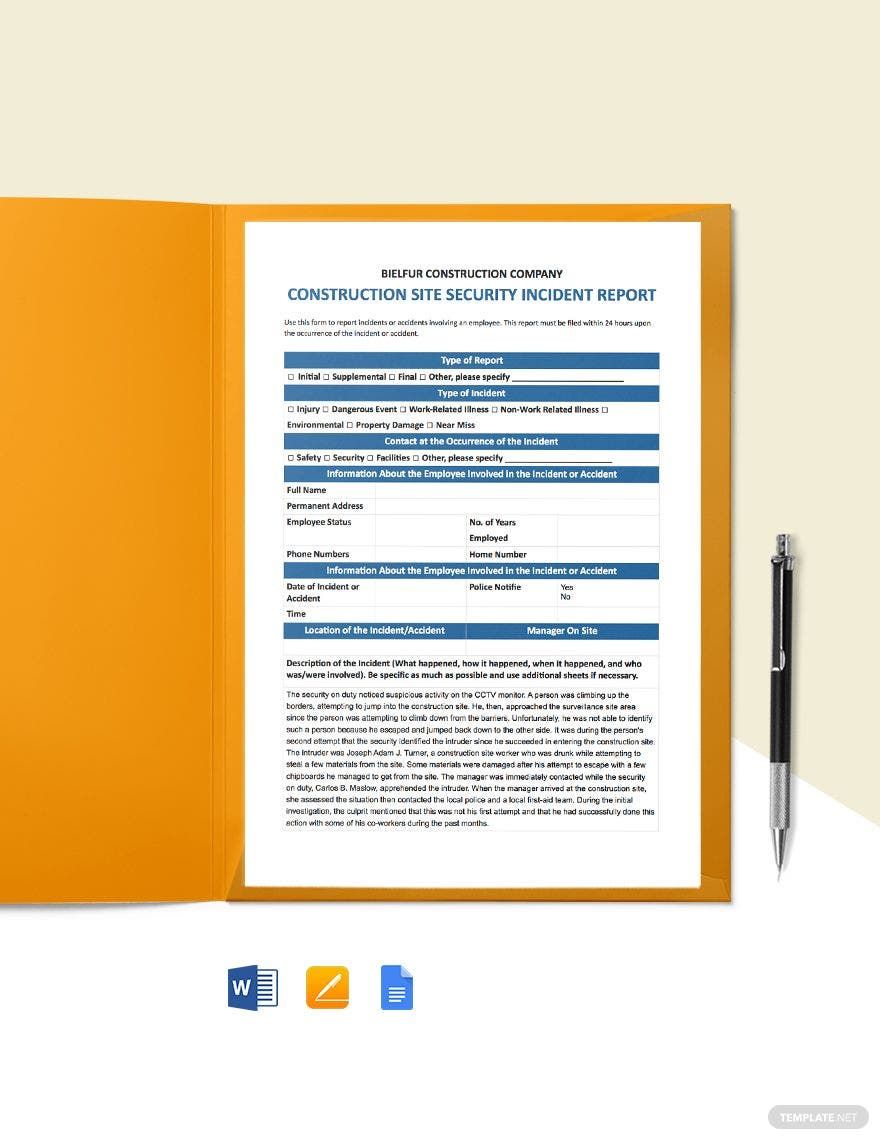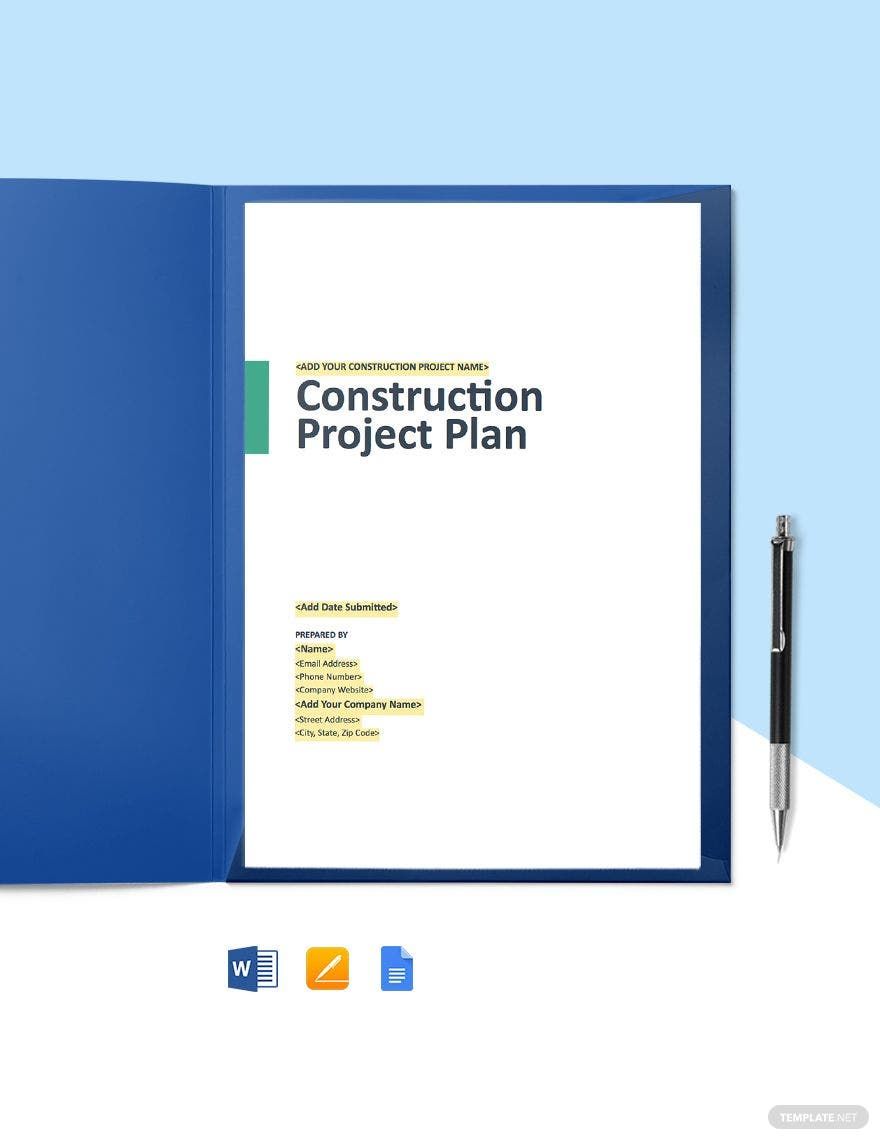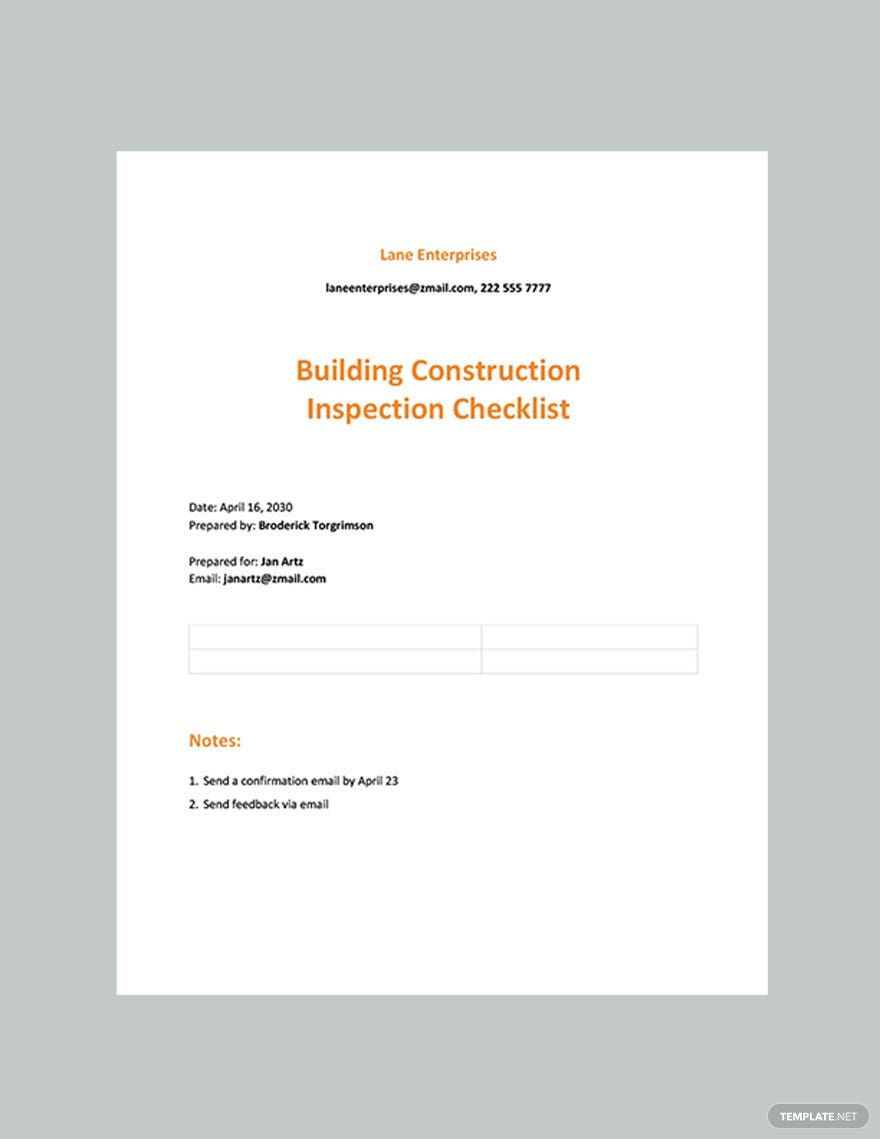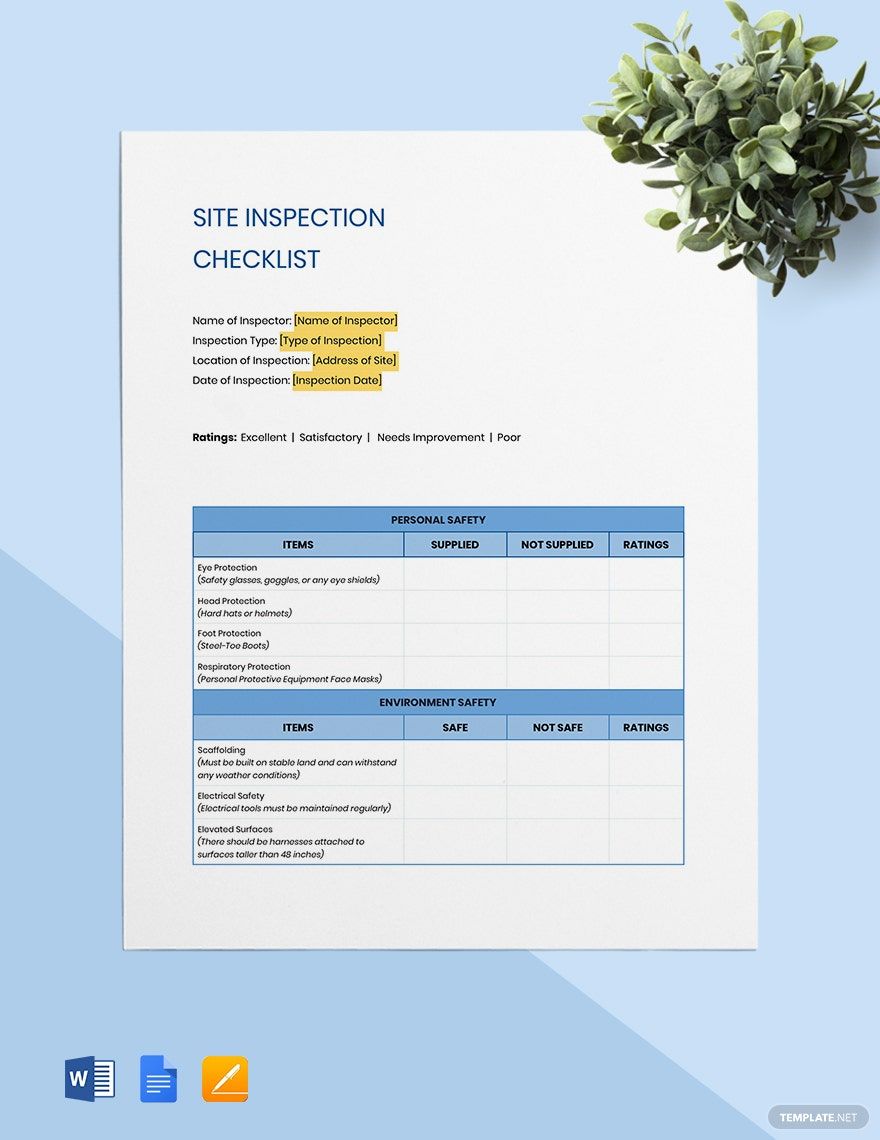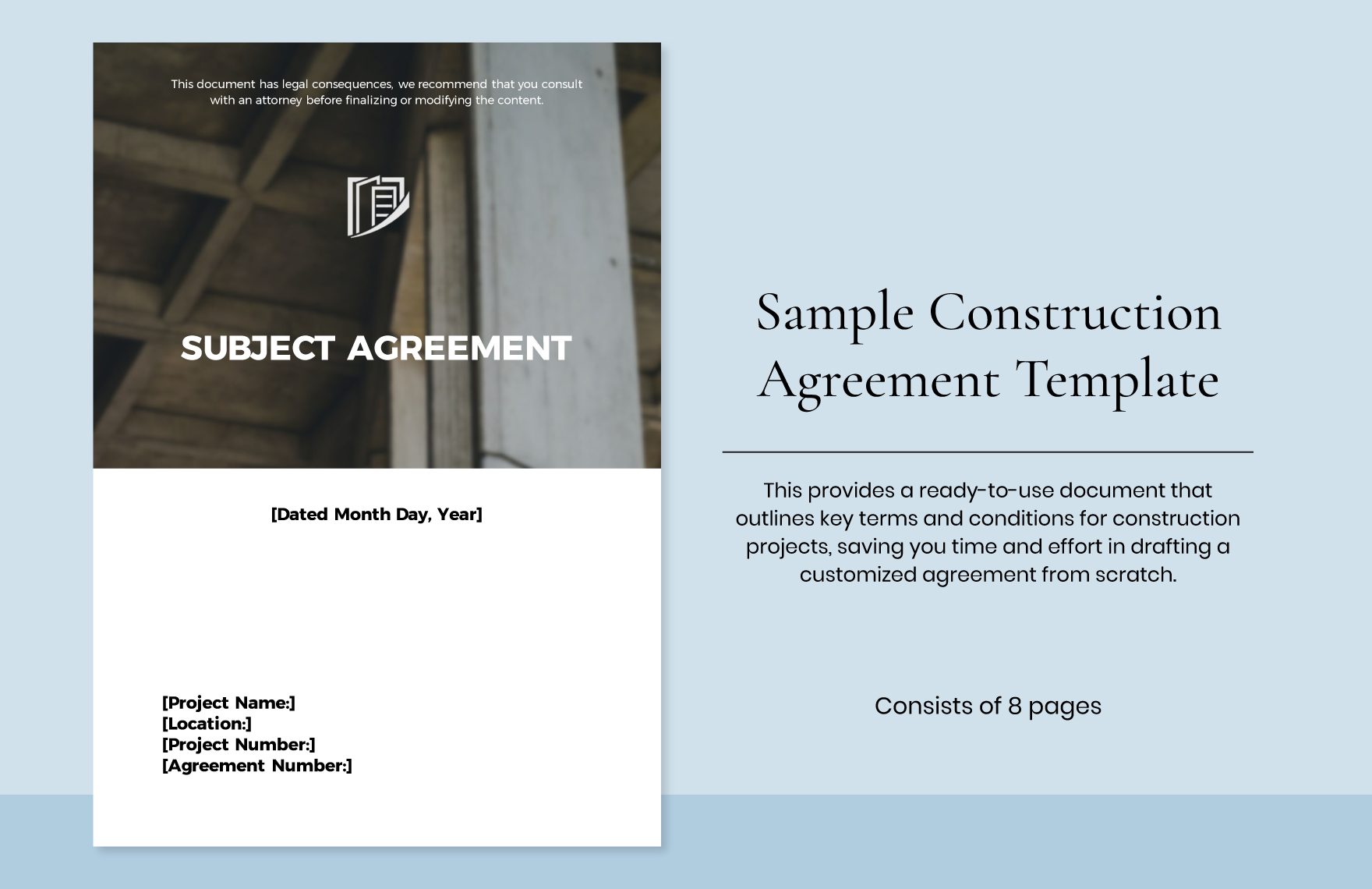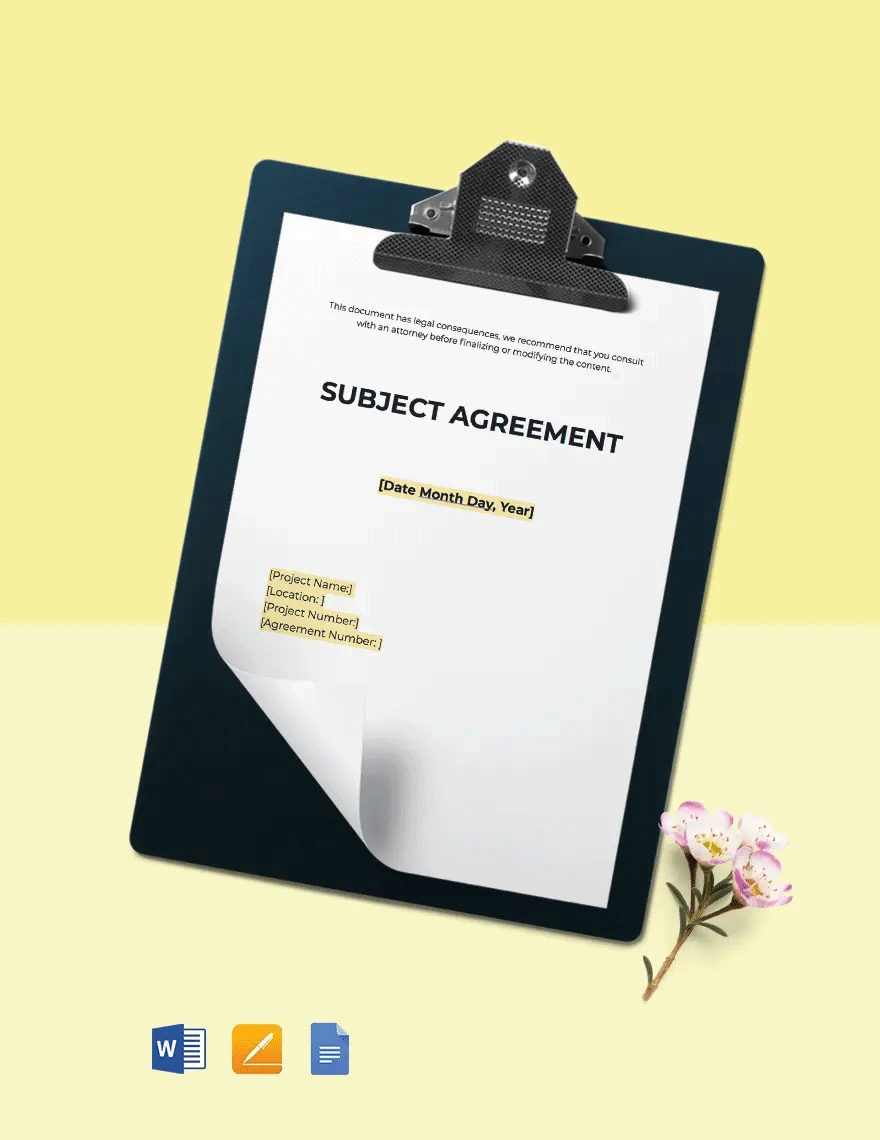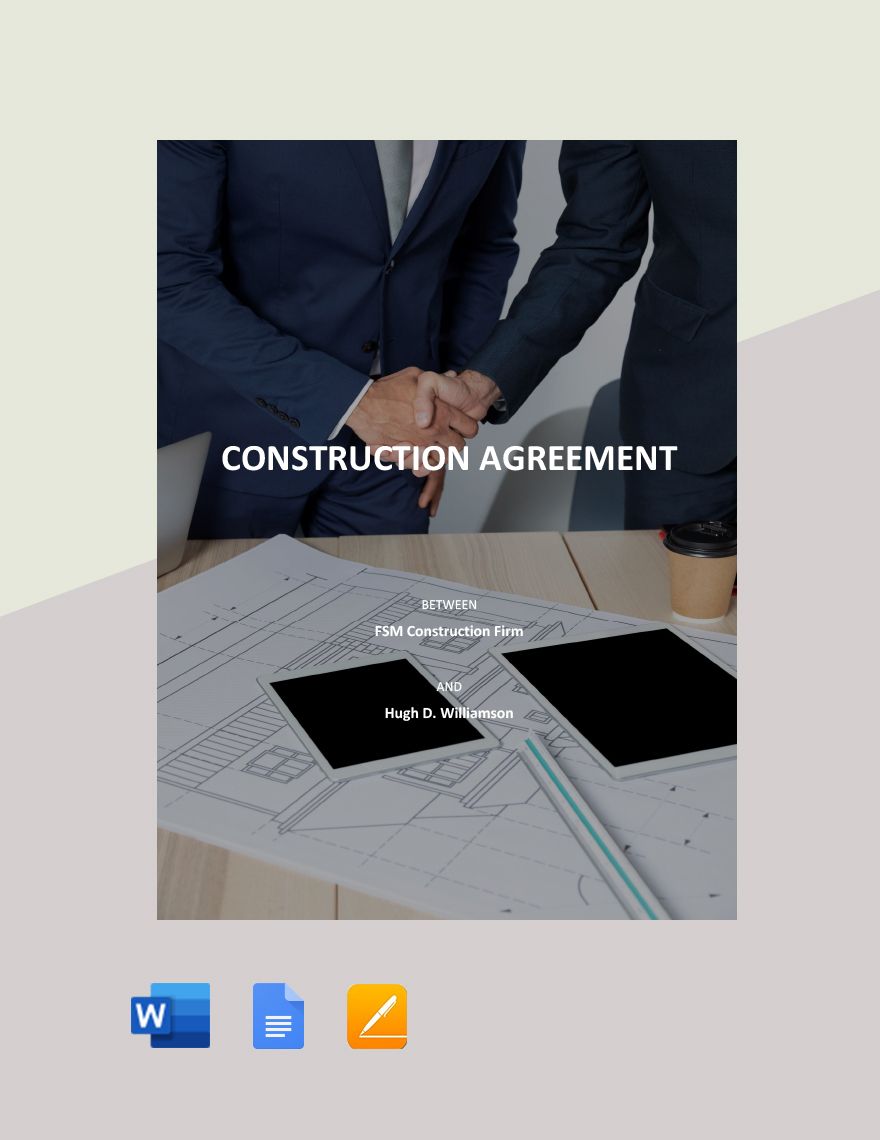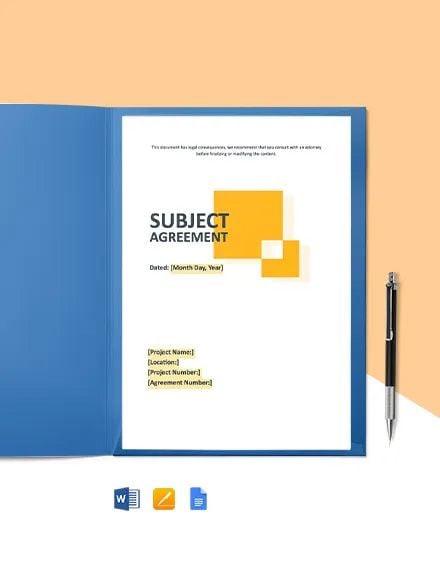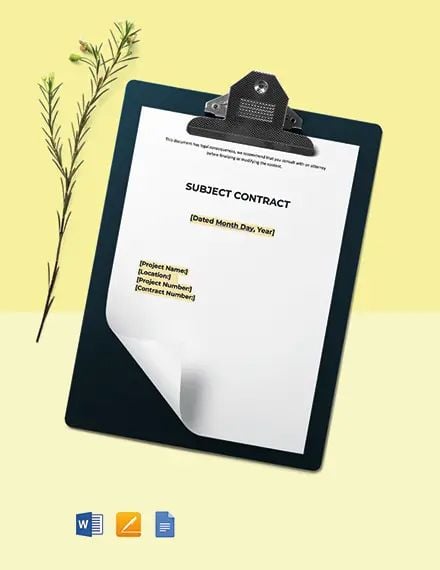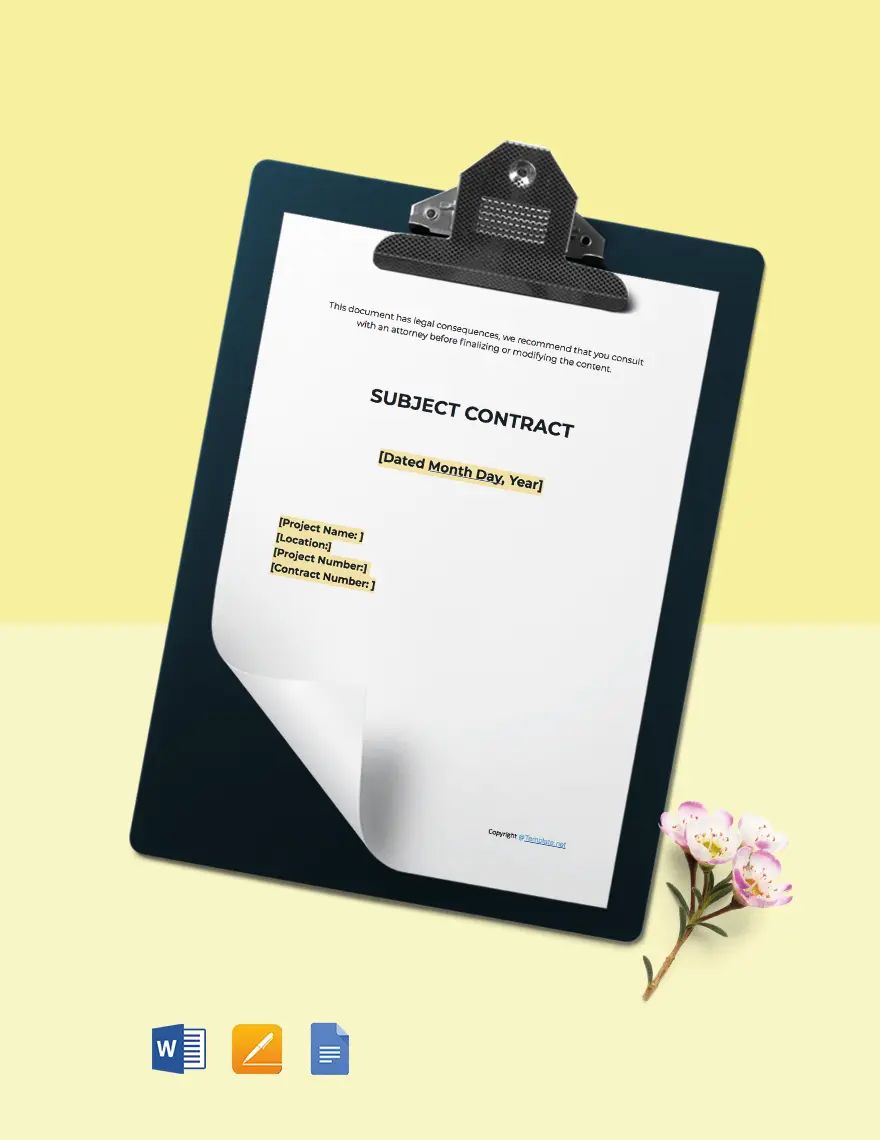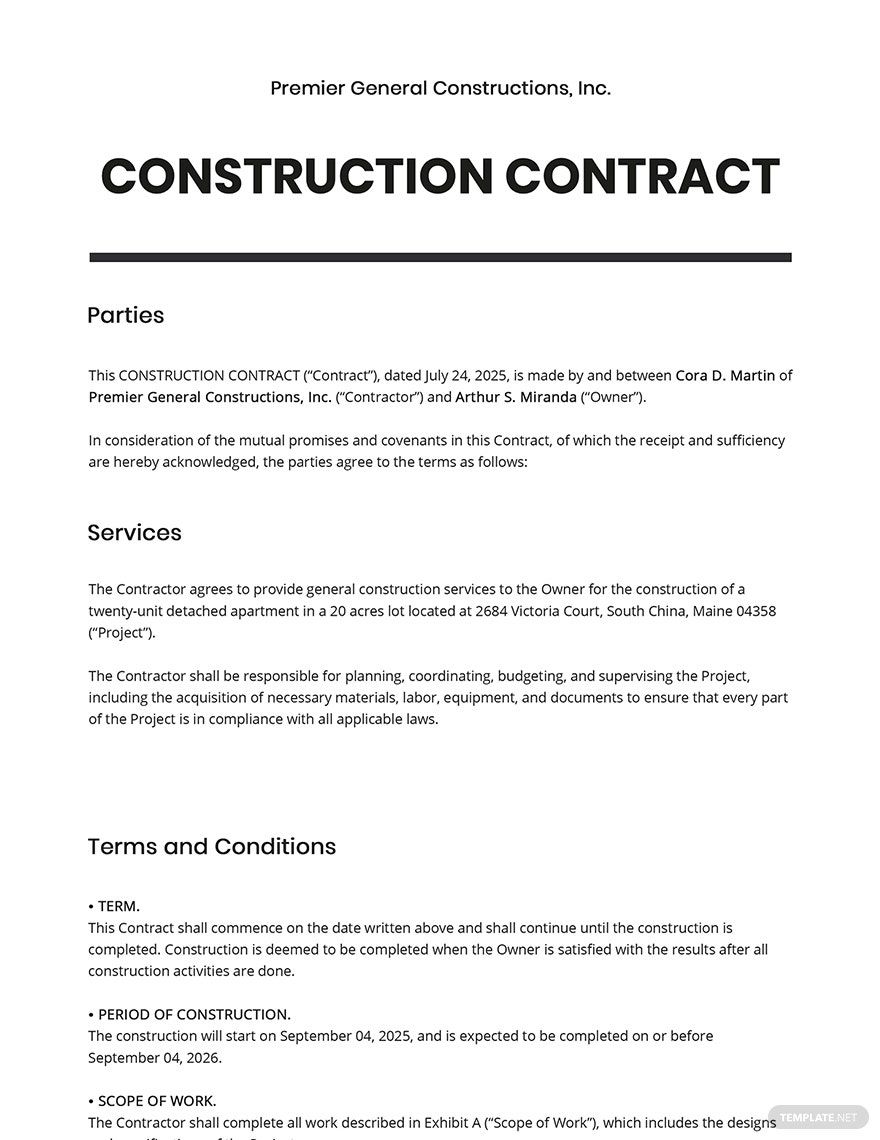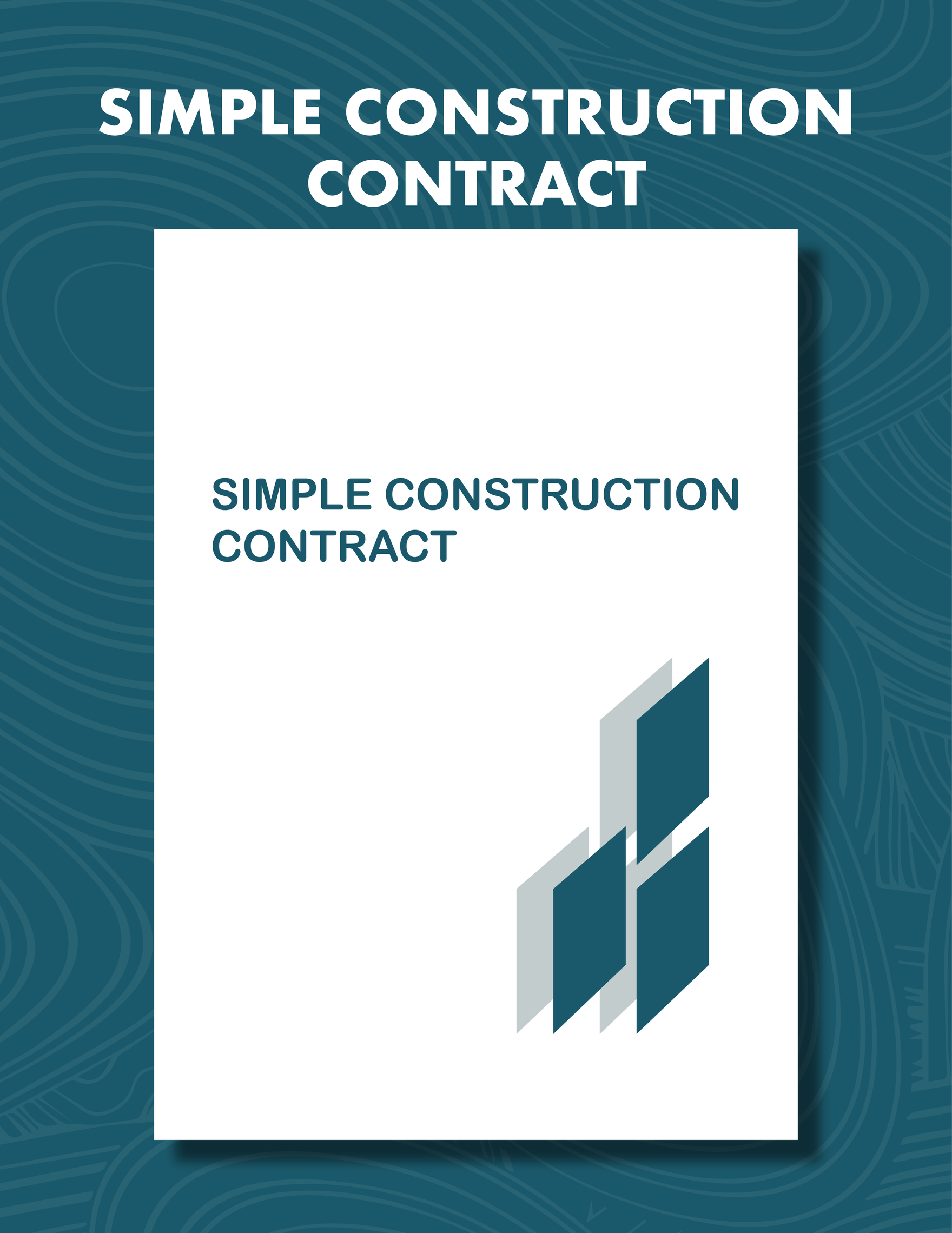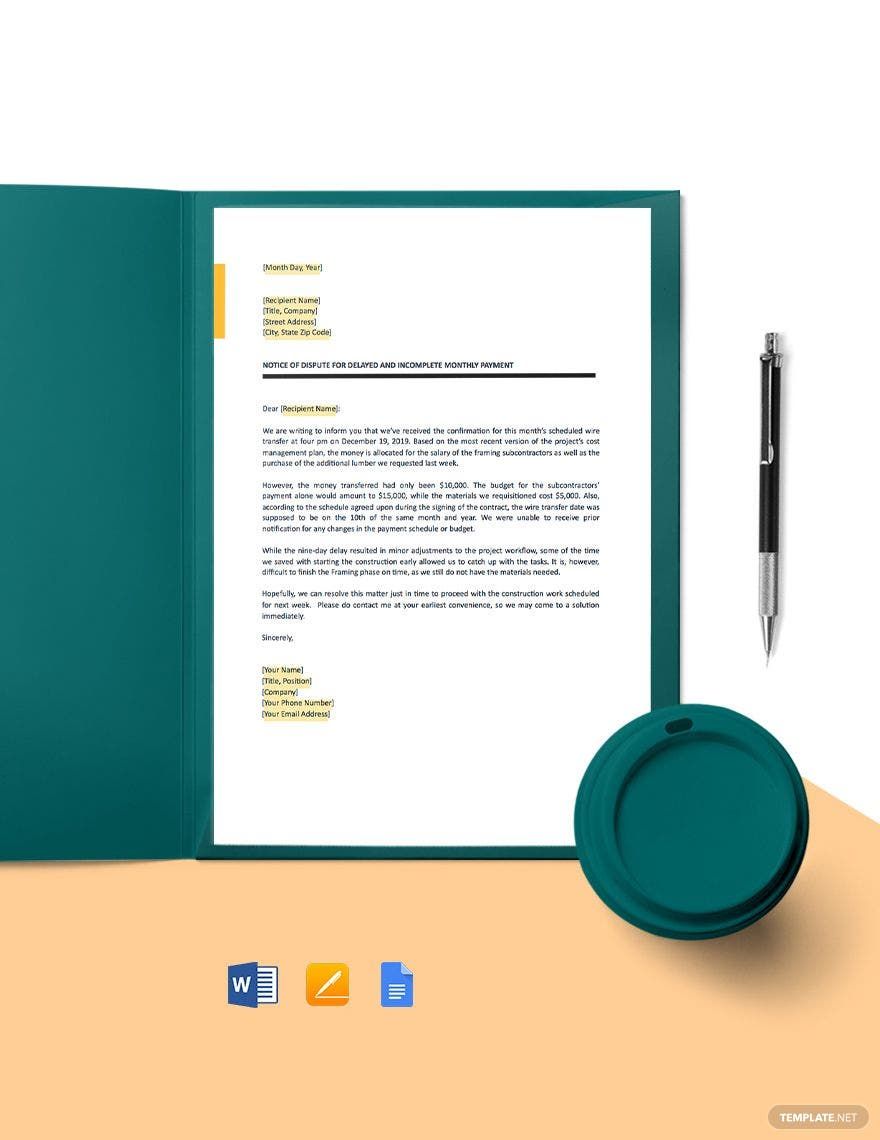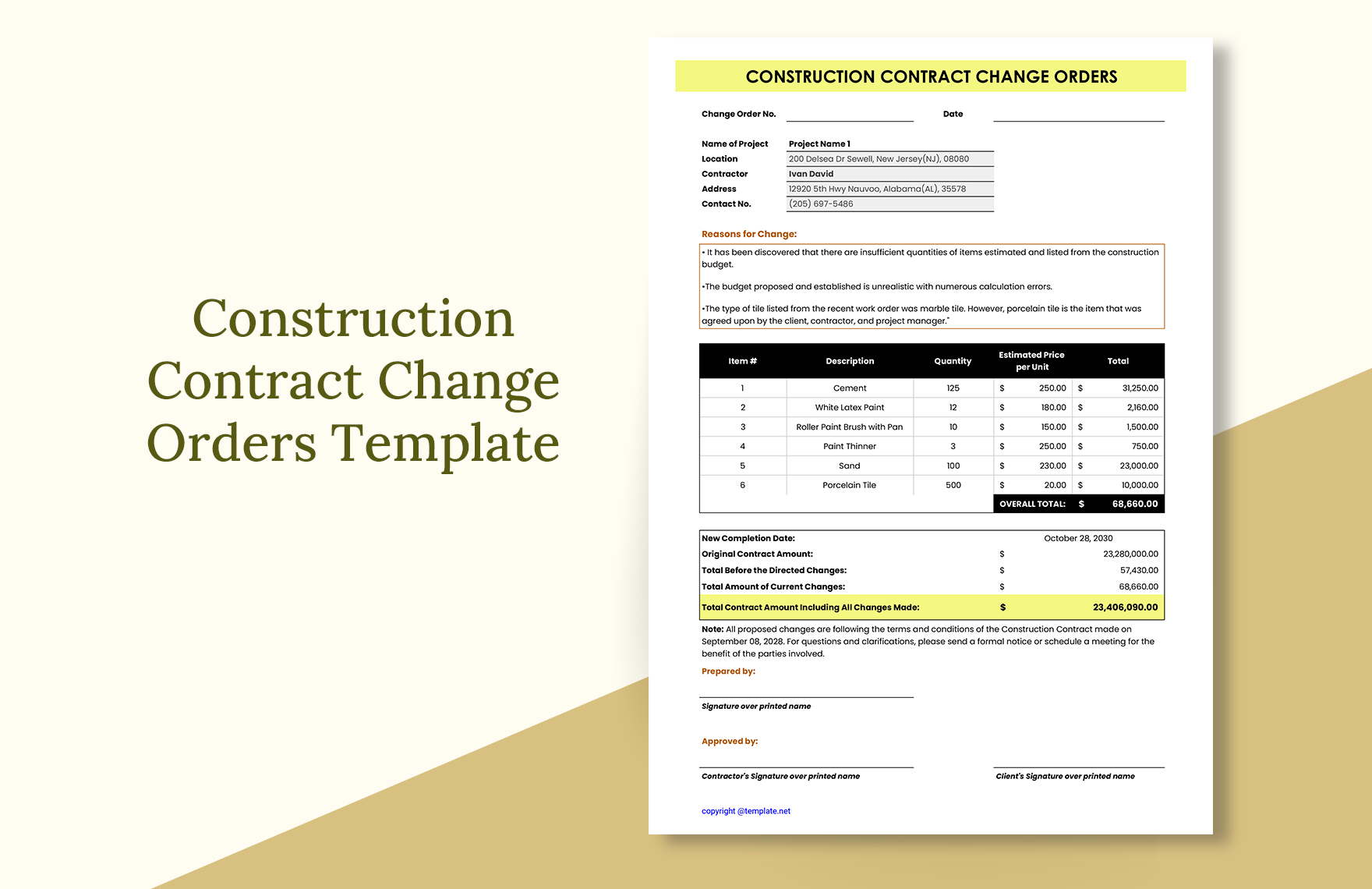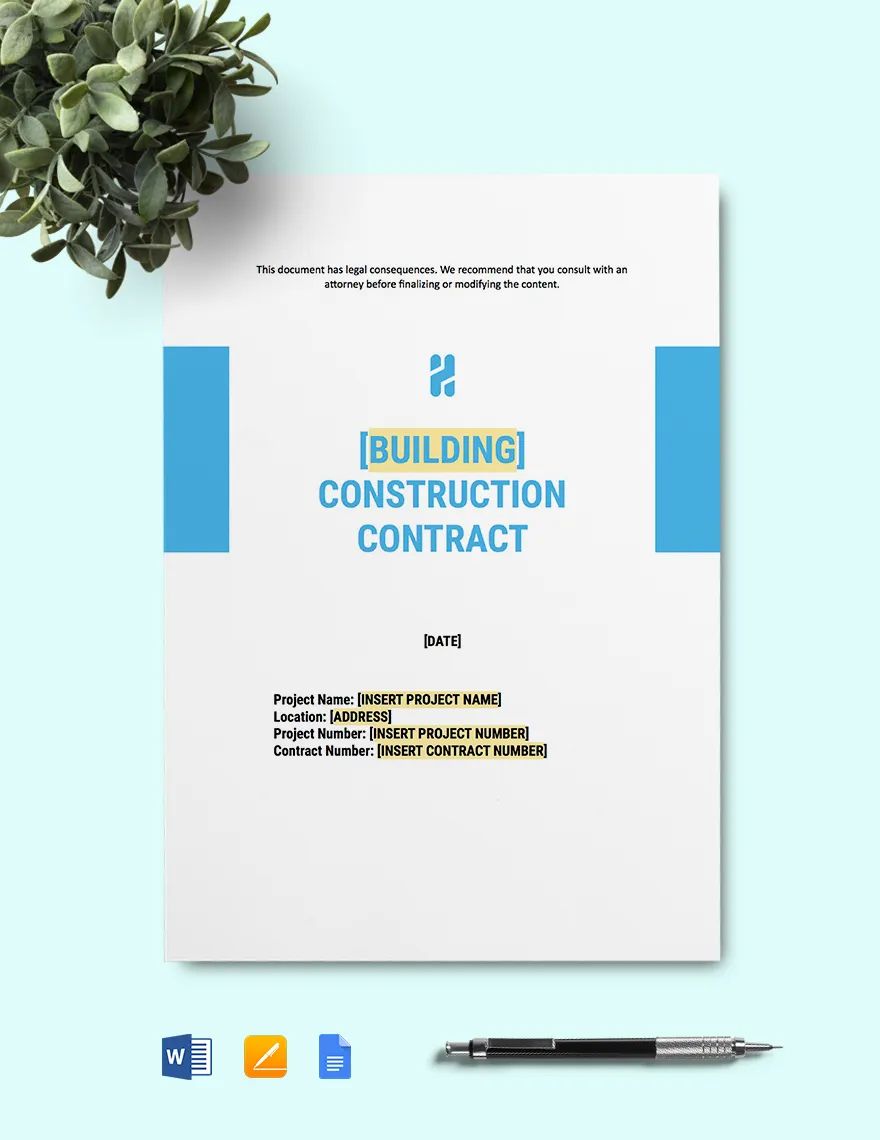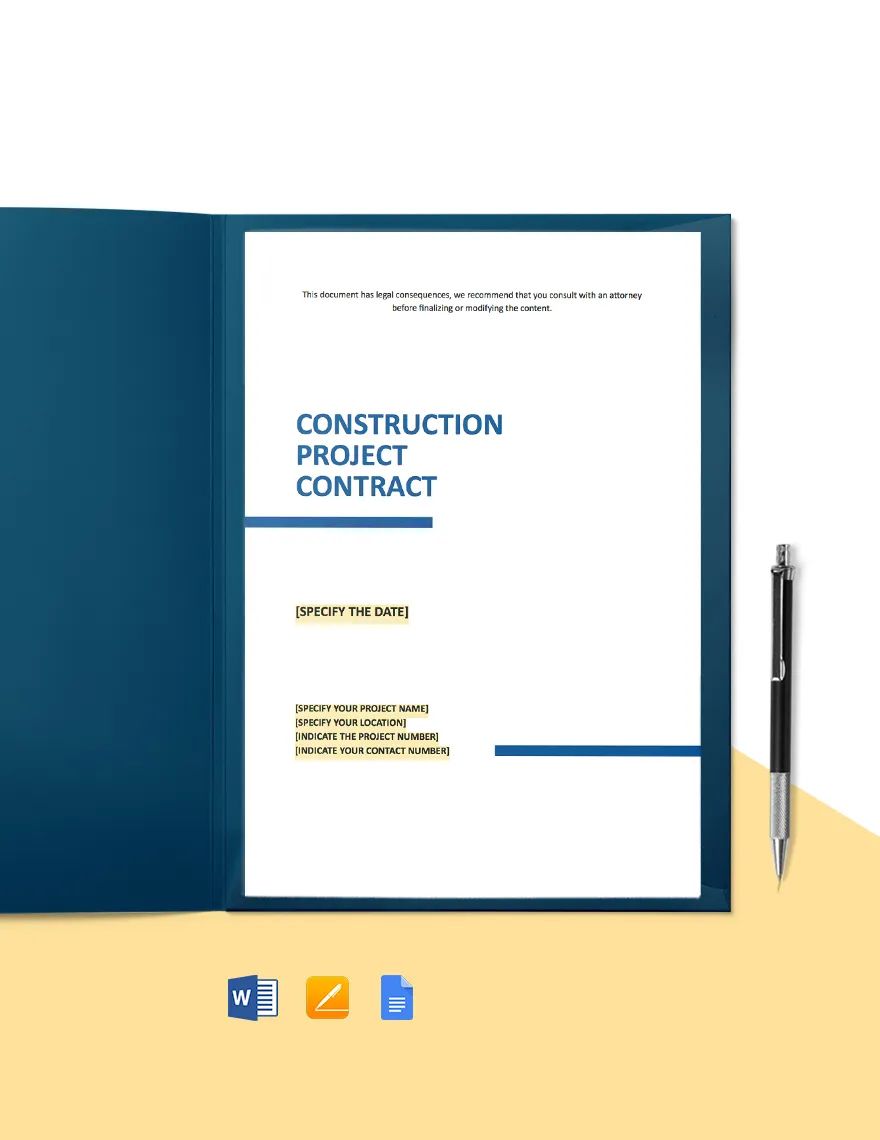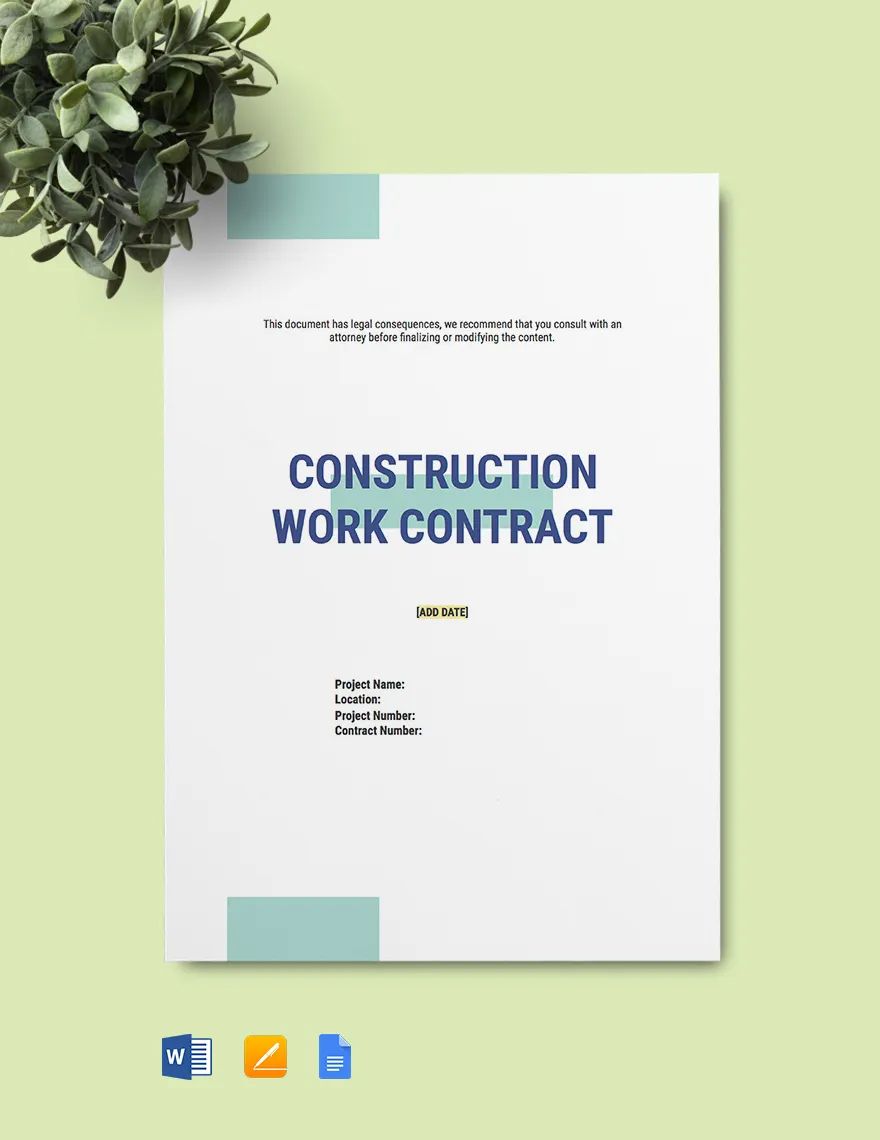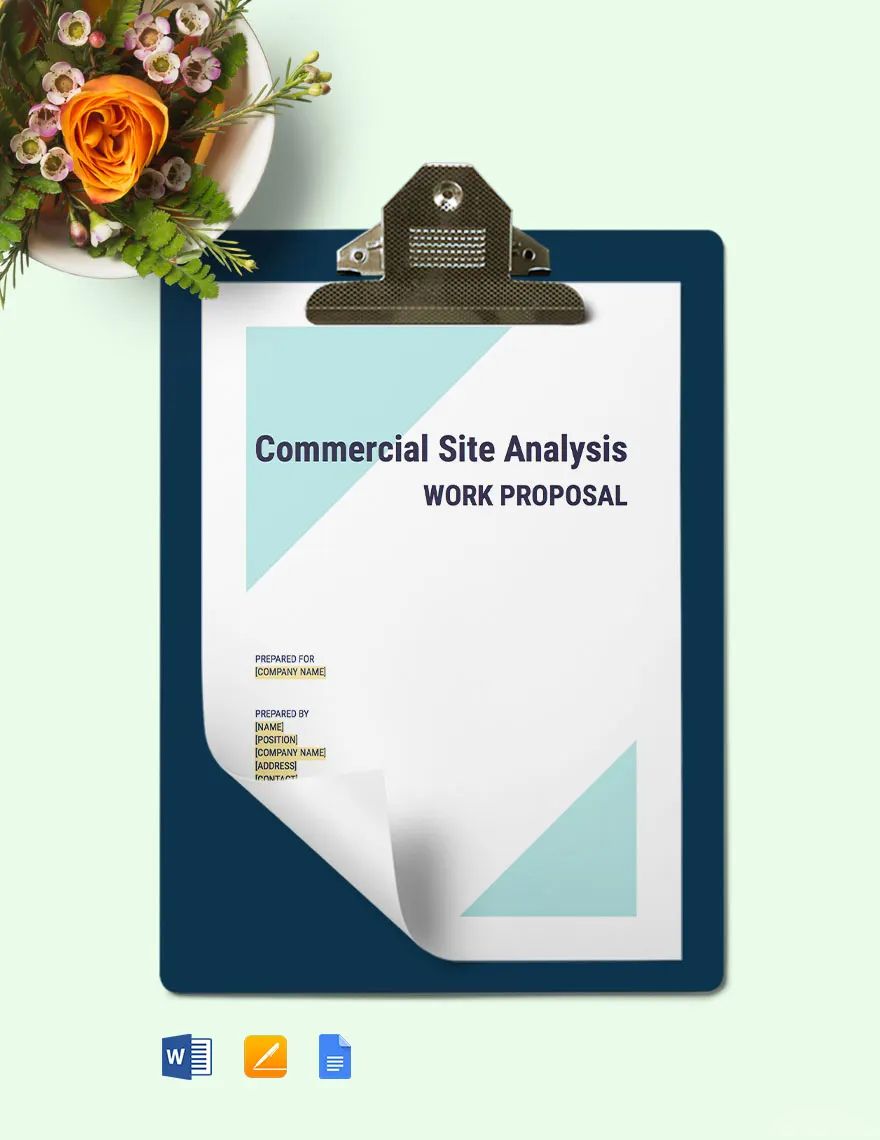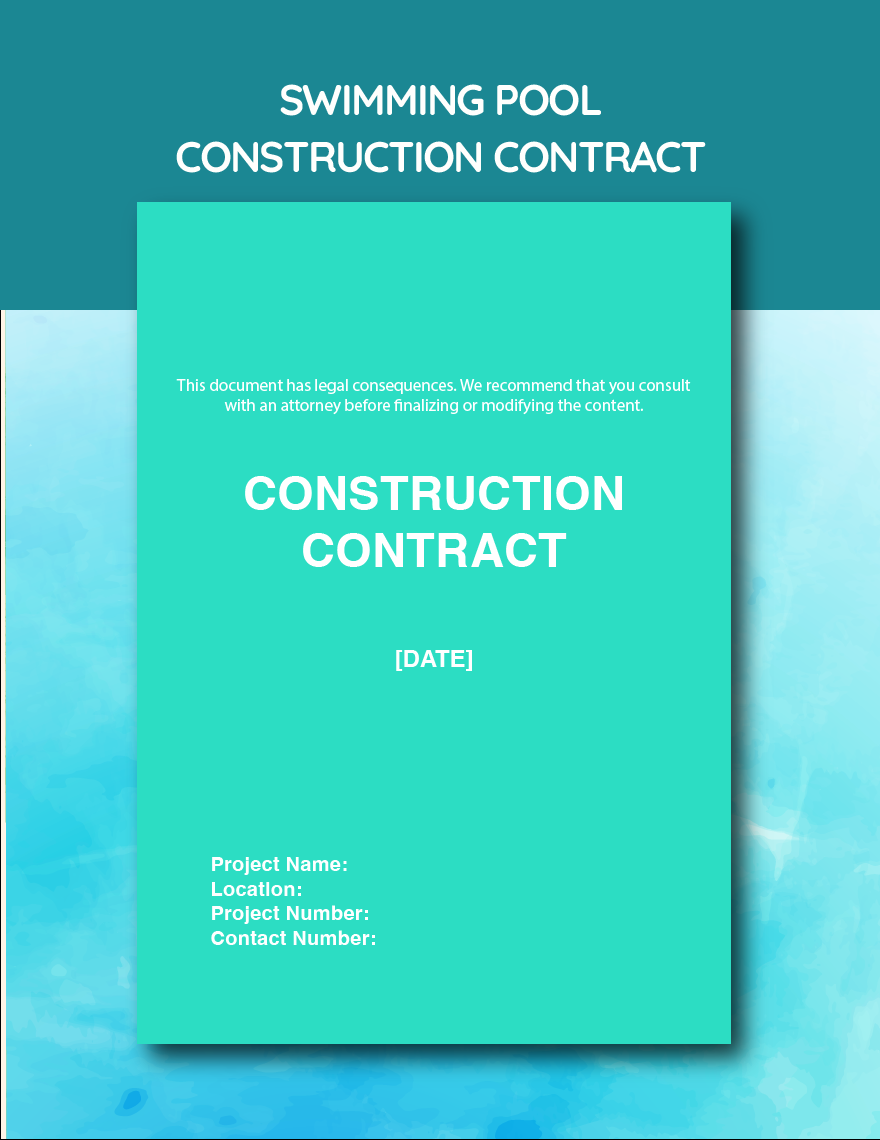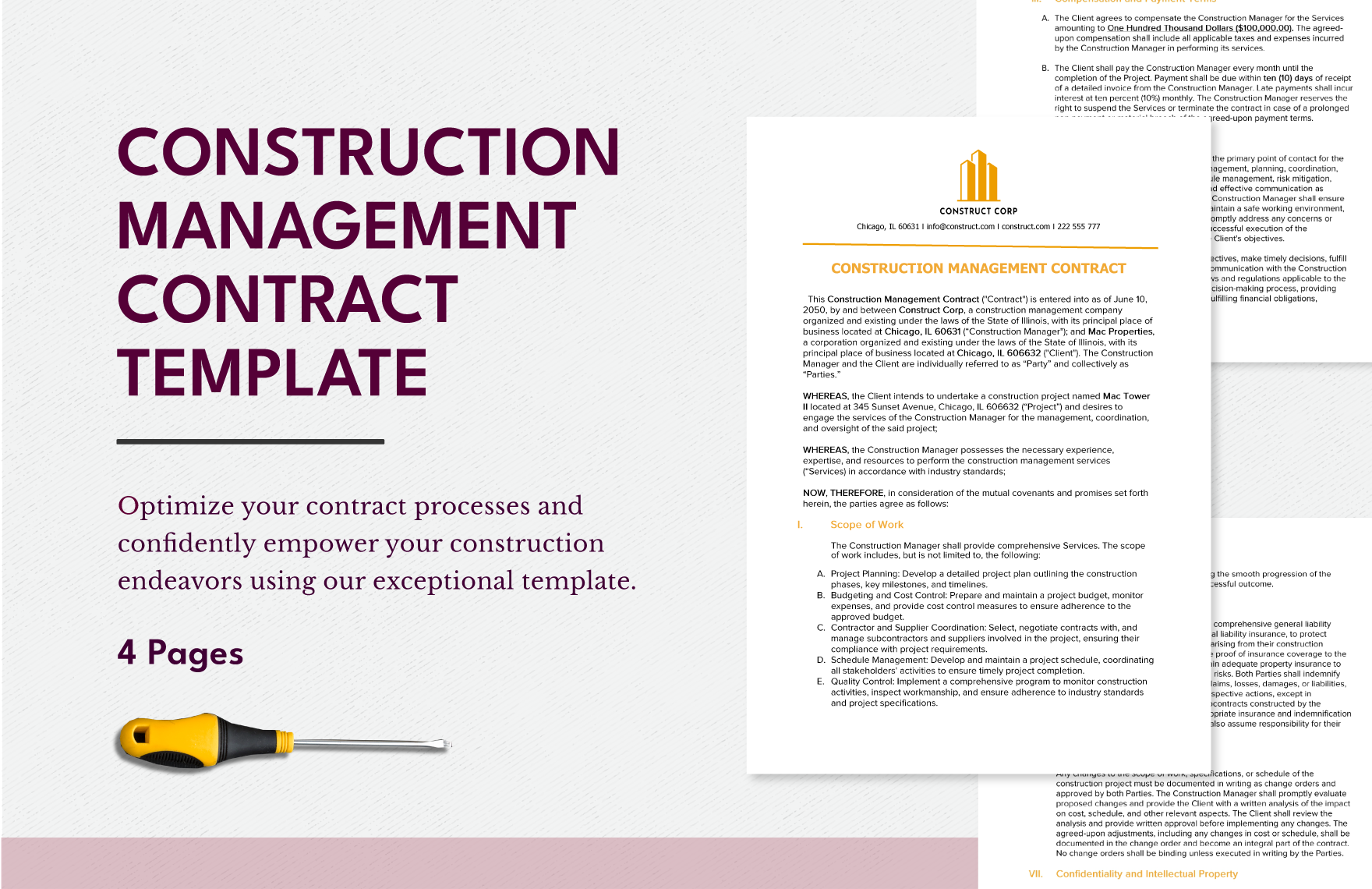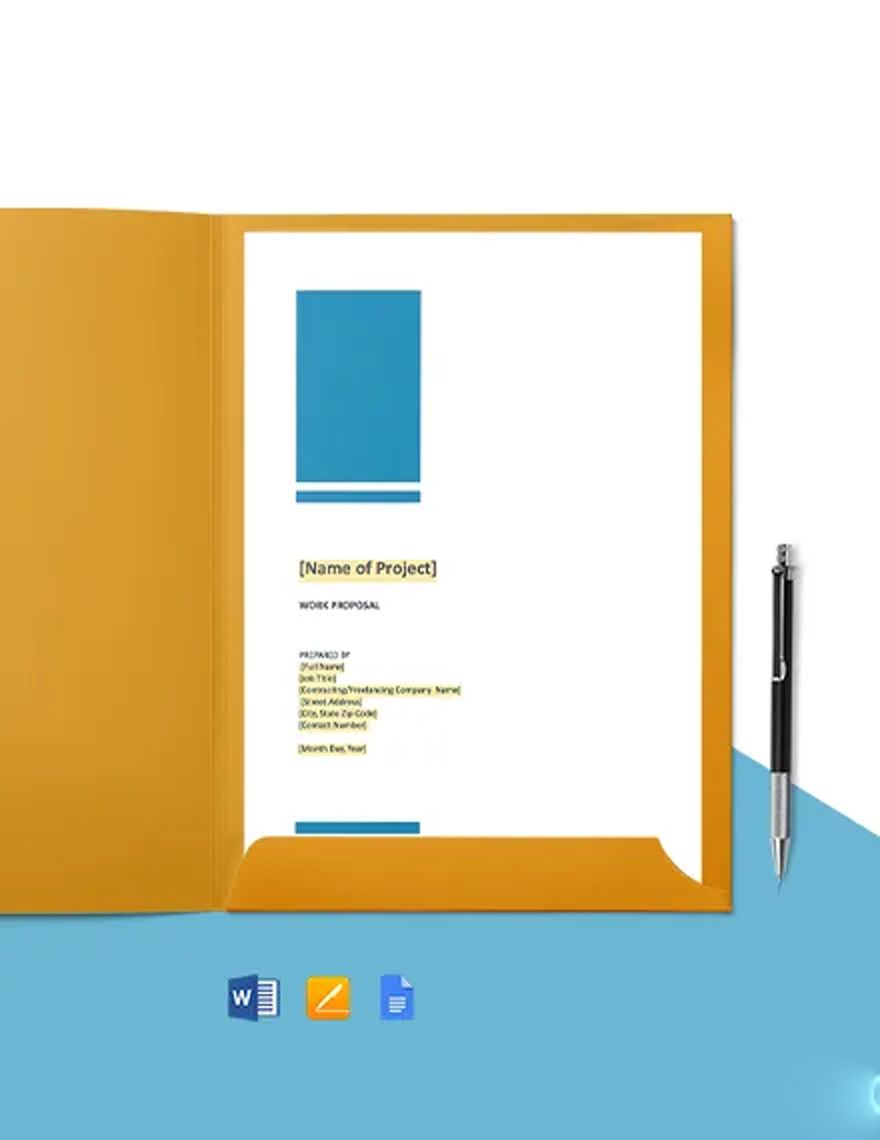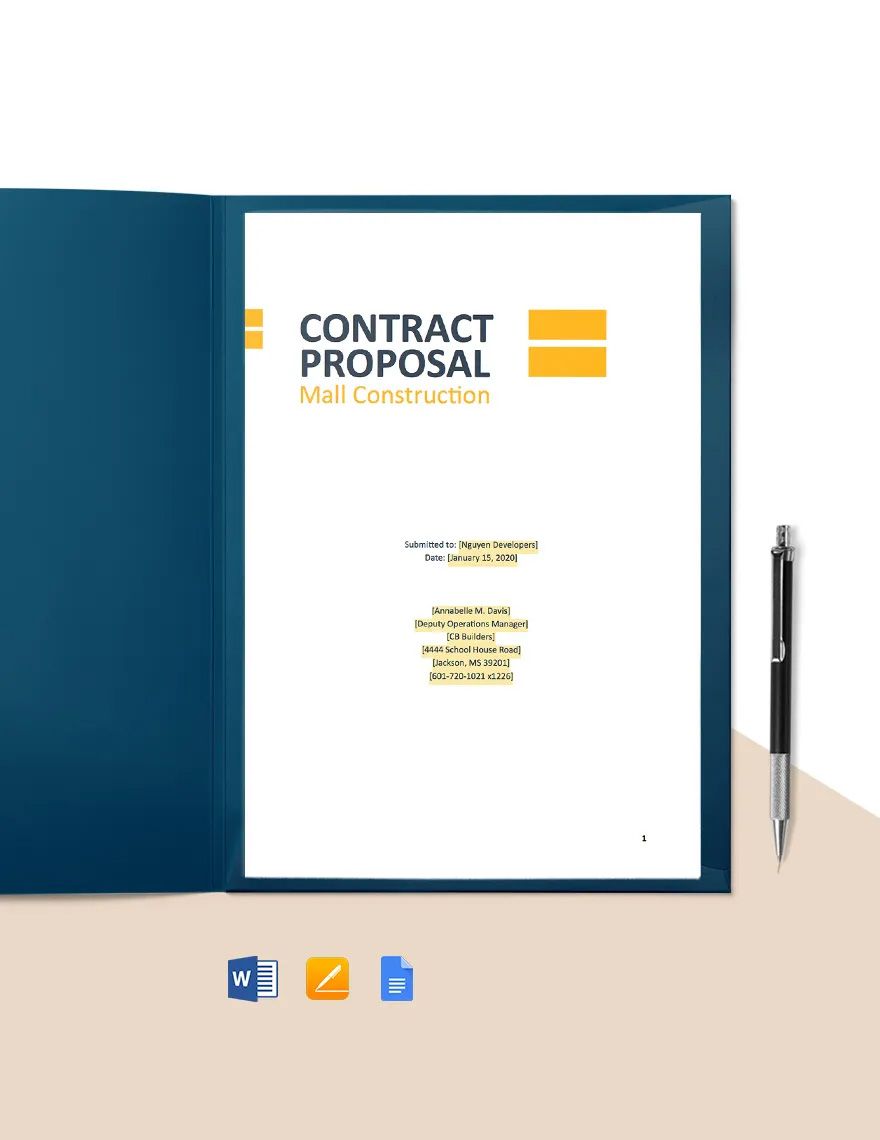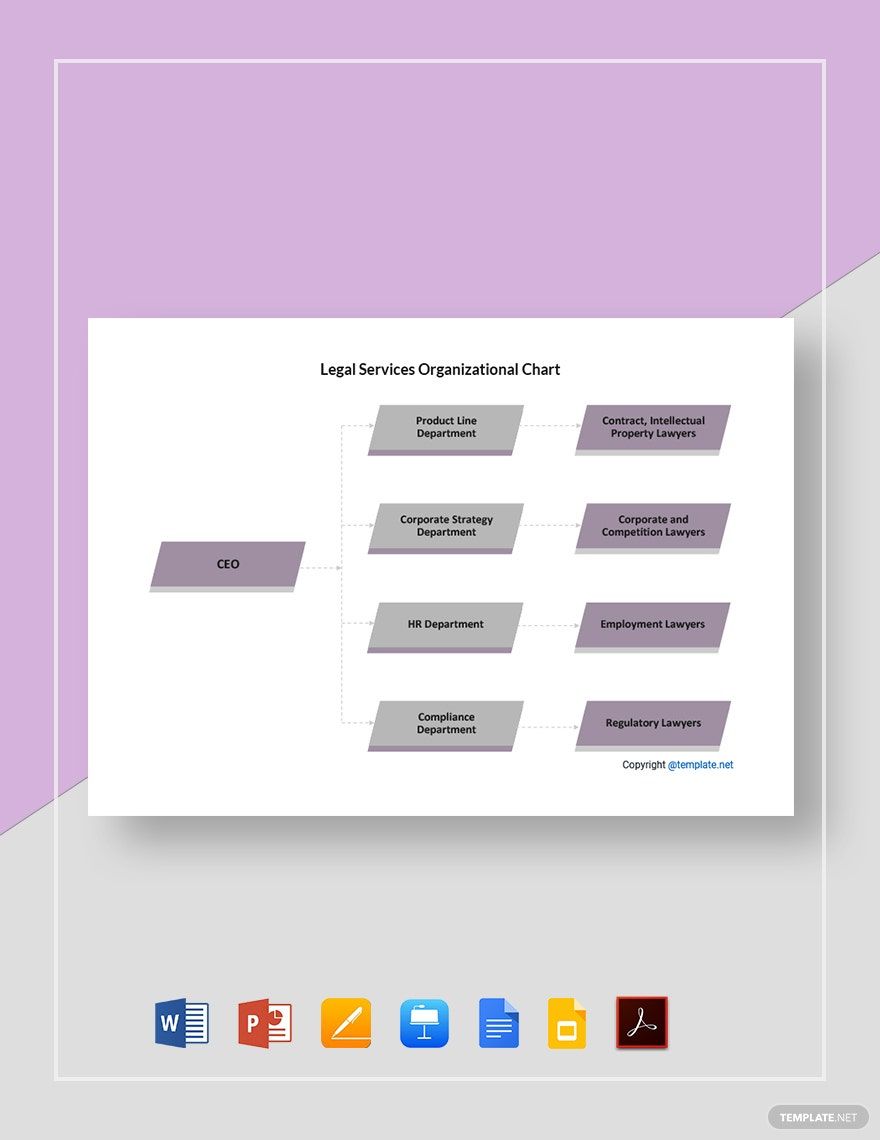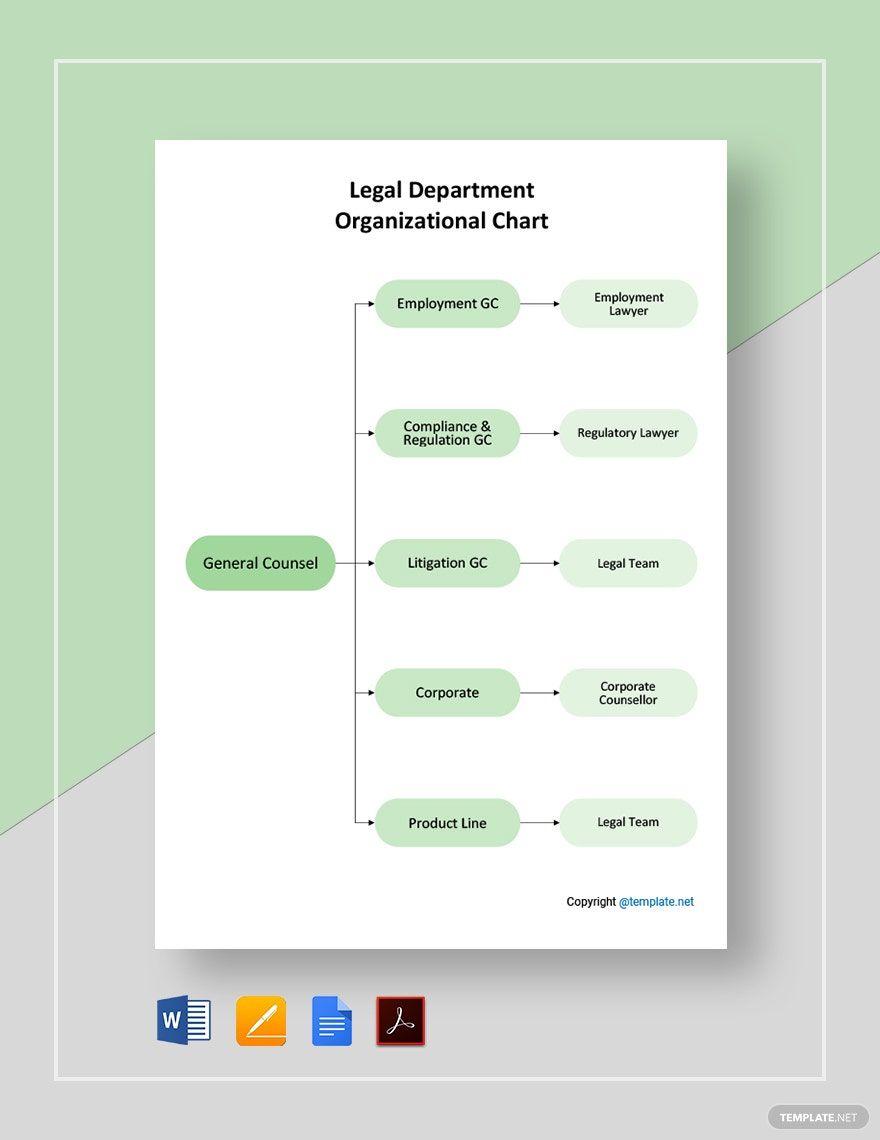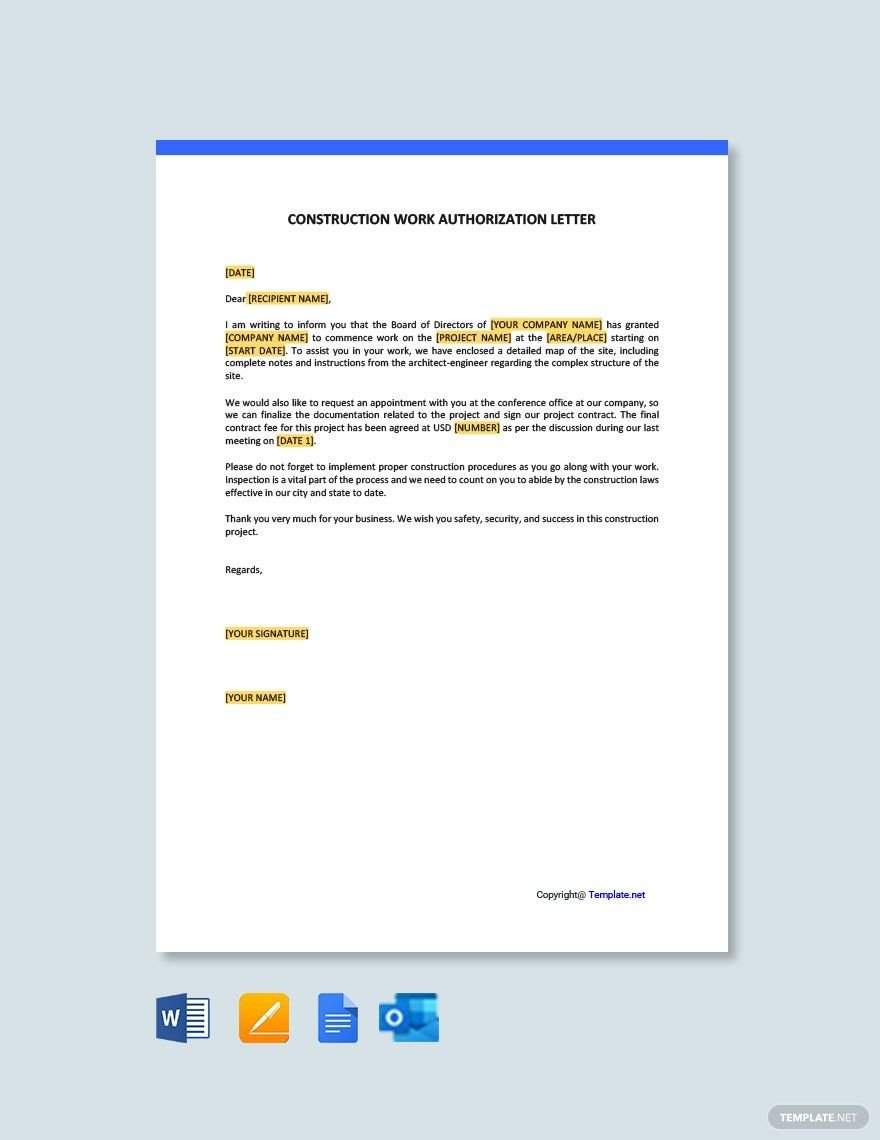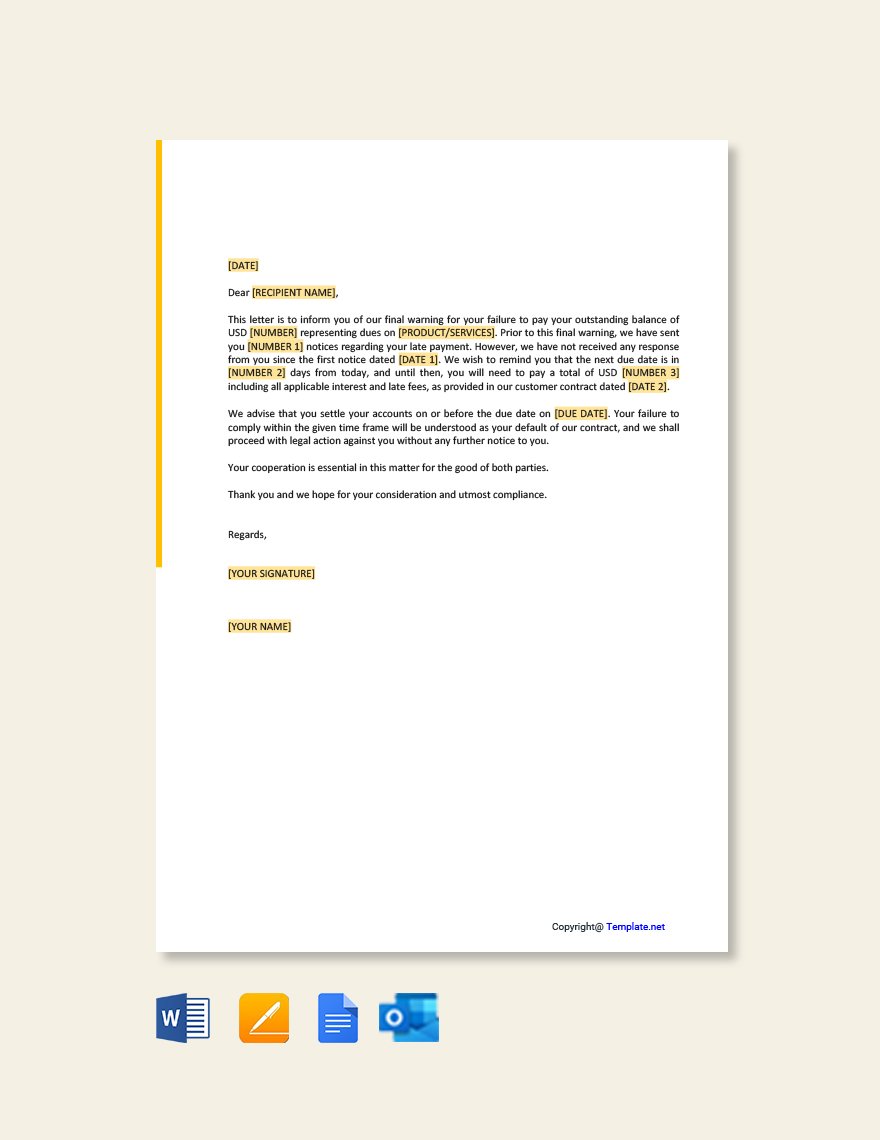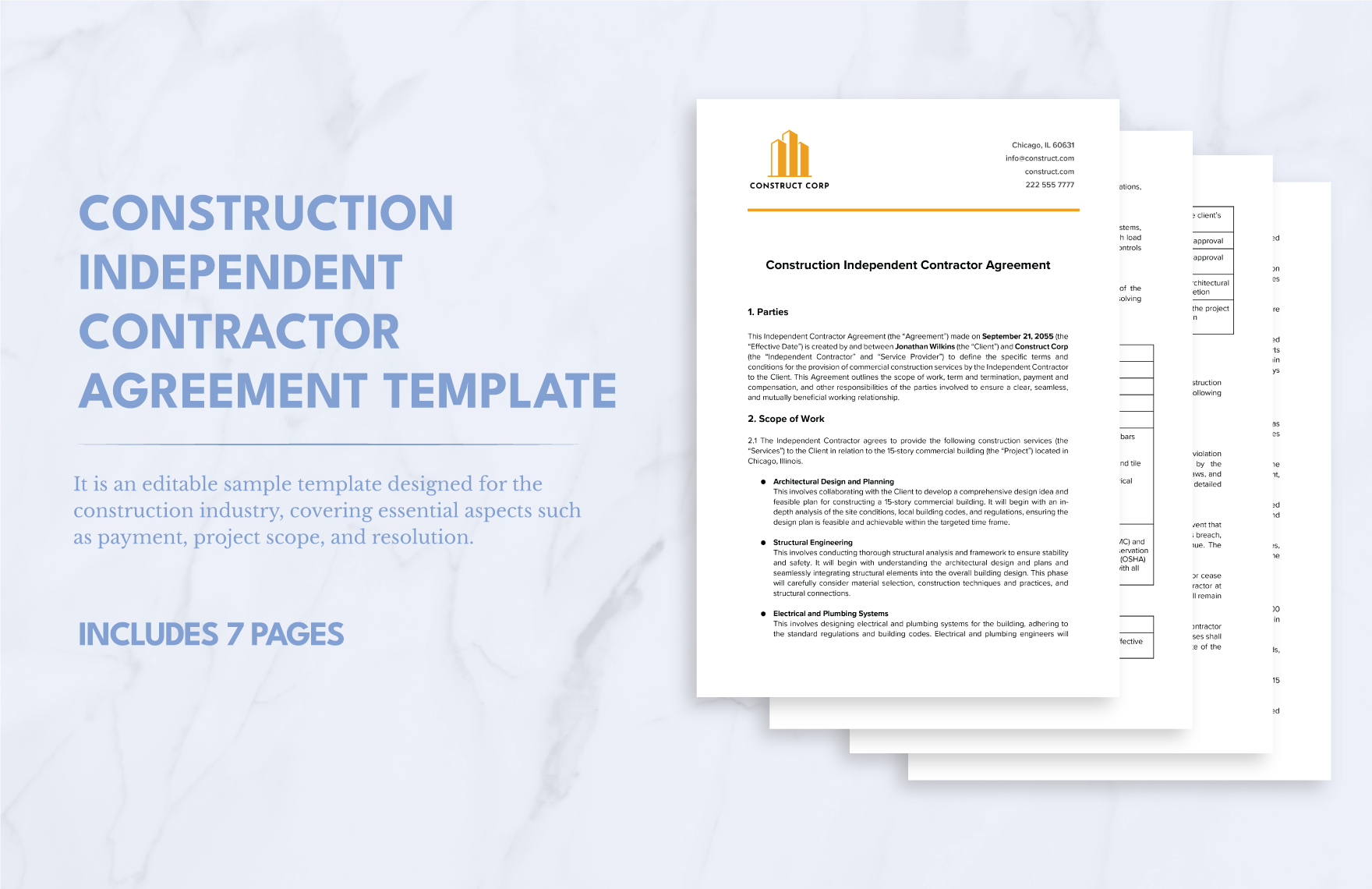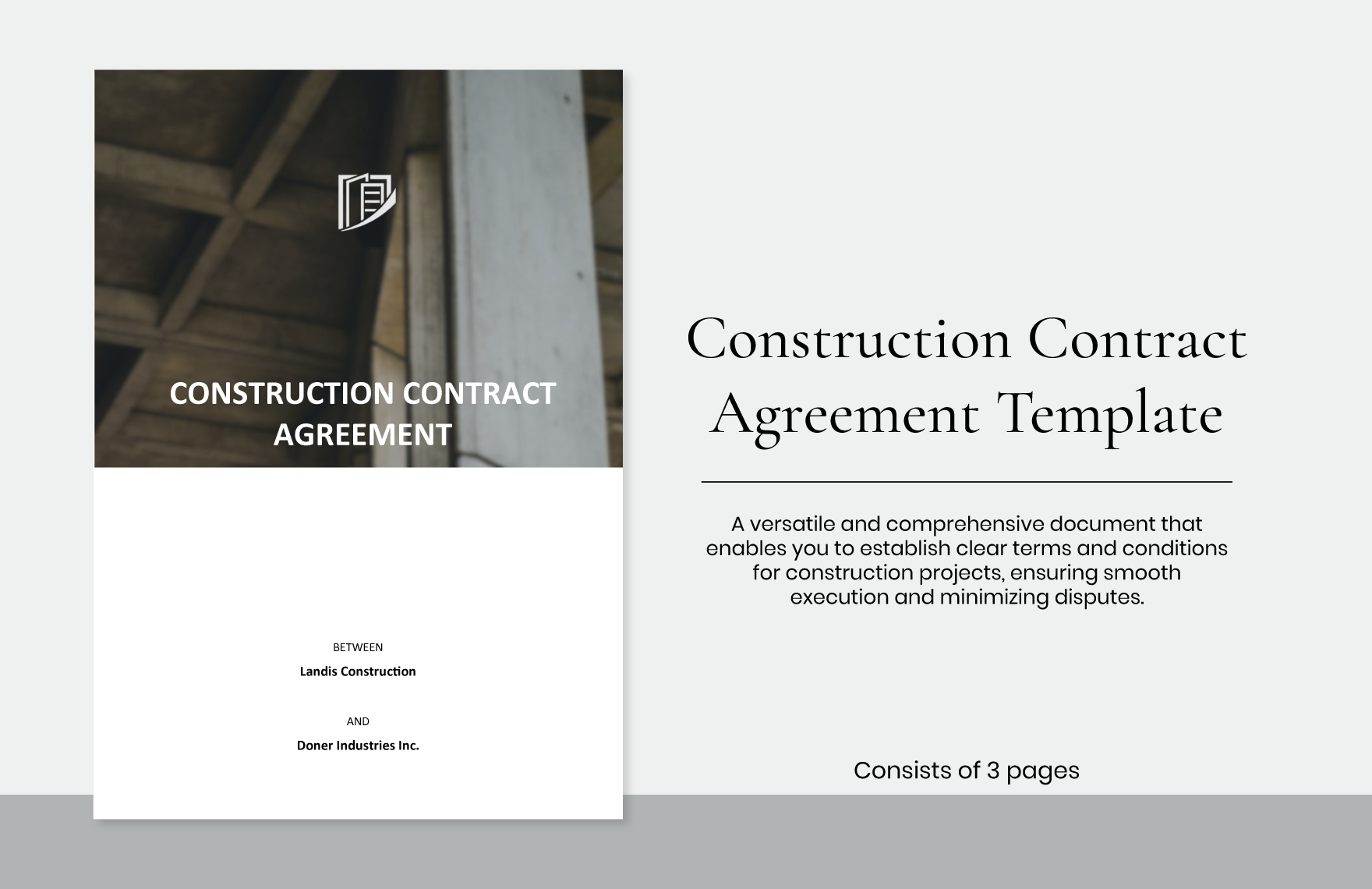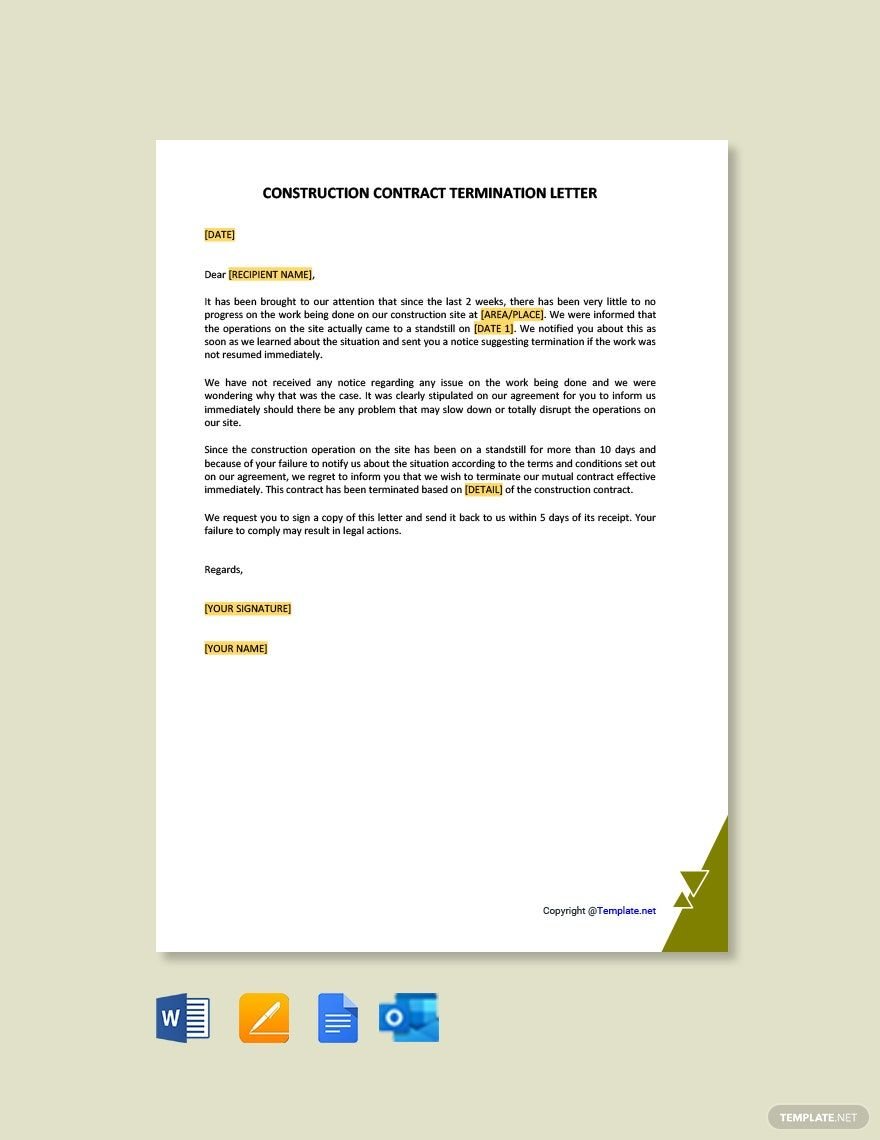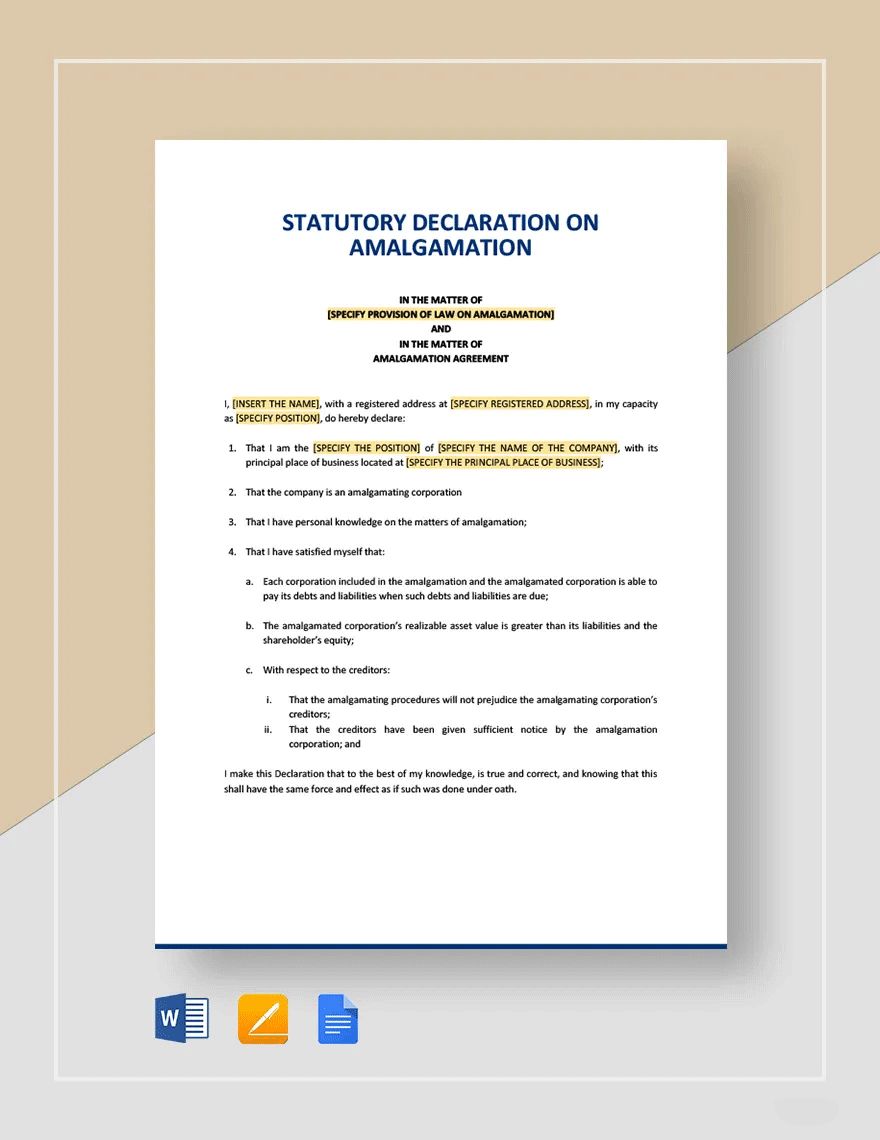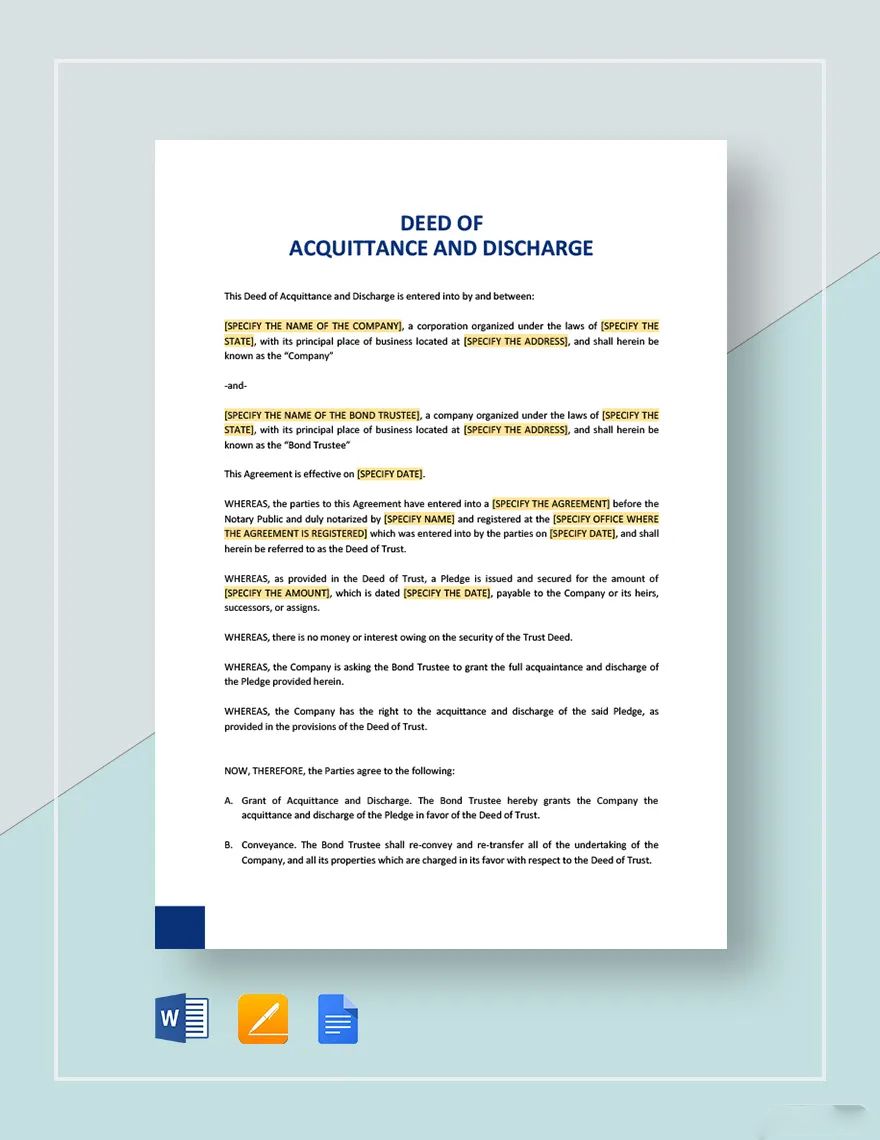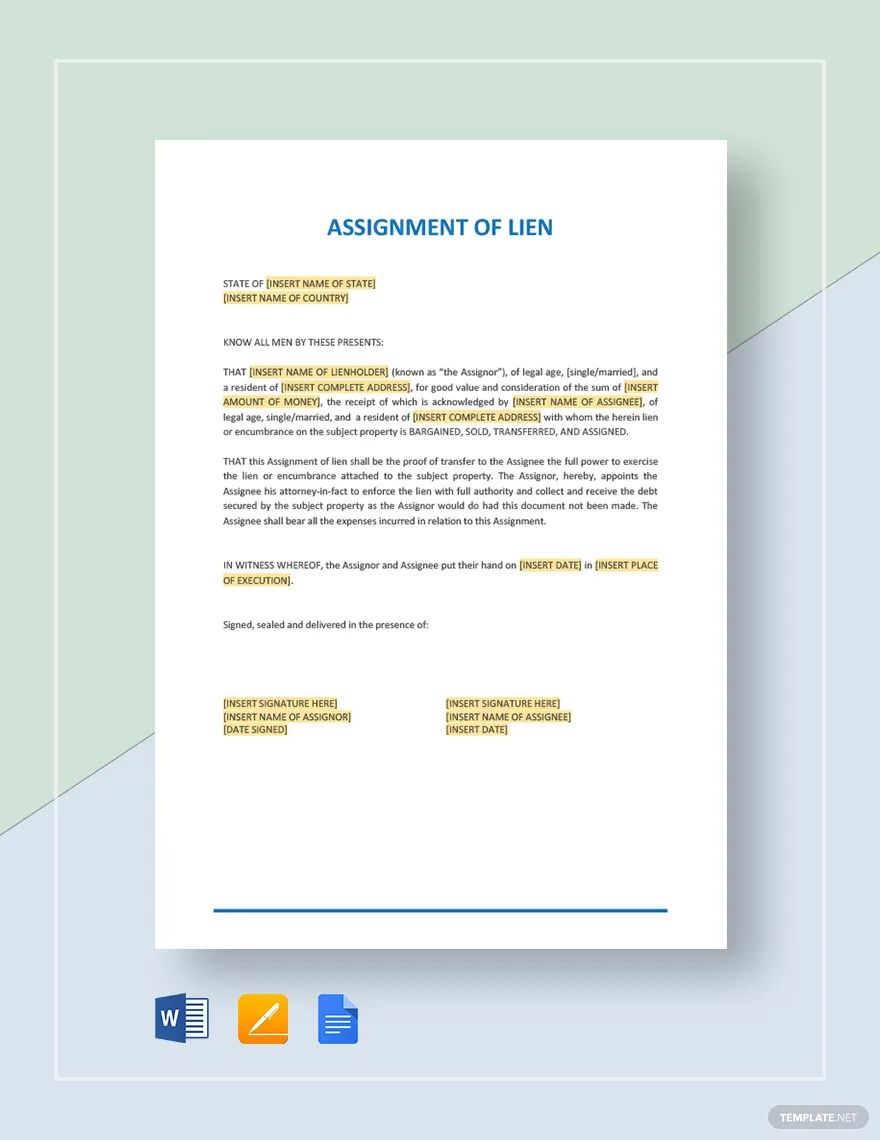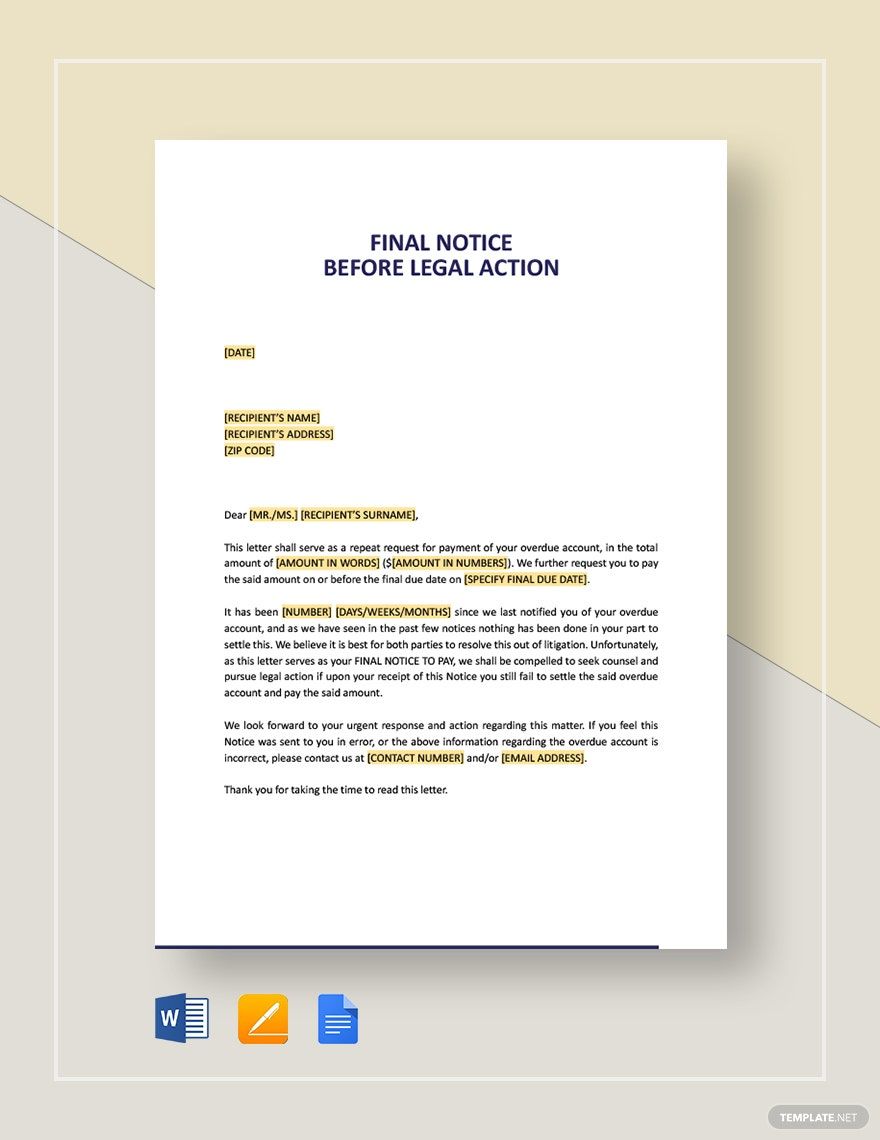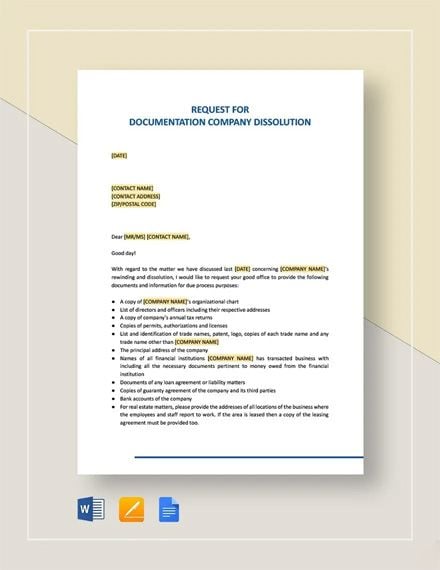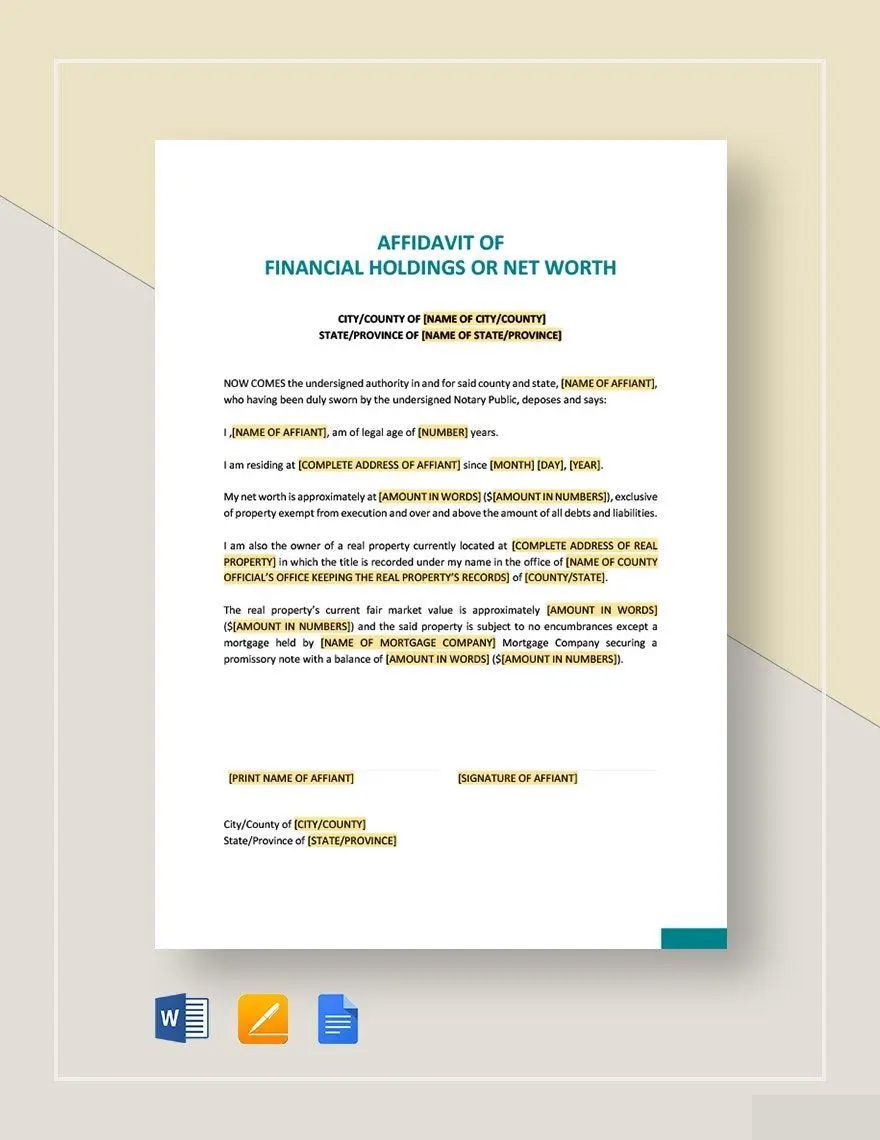Legal documents such as contracts and agreements are important in construction, for both the client and the contractor. These legal documents detail the terms and conditions of transactions for every project. This includes the work to be performed, due dates, and costs. Having a contract or an agreement will make the terms of the construction project enforceable in the eyes of the law. Our website thus has you a range of Construction Legal Templates that can be accessed by Apple Pages anytime and anywhere. Personalize them in Apple Pages to insert your own details and make legally binding documents without having to spend a single penny on Legal Help.
How to Write a Construction Legal Document?
While oral Construction Agreements are legal and binding, they are less likely to be enforceable in court. In fact, in most business transactions, including construction, agreements should be made in writing, because it clearly spells out the rights, responsibilities, and obligations of the parties involved. It is not always easy to write legal documents; here are some tips that may help:
1. Keep Your Wording Simple
Create clear, sentences with numbered paragraph headings to help the reader understand the contents of each paragraph of the contract. Be specific when spelling out the rights and obligations of the parties, but make sure that you don’t leave anything out. Construction Proposals too have legal bindings and must written using simple words to make the clauses clear. for Any changes to the legal documents should be made mutually by the parties in writing, or else it will be difficult to make such changes enforceable in court.
2. Specify Payment Obligations
Indicate payment schedule and terms, as well as the conditions for making the aforementioned payments. If you agree on paying in installments or when work is done to your satisfaction, specify times, dates, and requirements. You must also include the method of payment, may it be in cash, business check, cashier’s check, or charge card.
3. Include a Termination Clause
Include terms under which either party may terminate the contract. This could include circumstances regarding missed payments or breach of terms of the contract. It is important that the parties may be able to terminate the contract without breaching the terms.
4.Agree How to Resolve Disputes
Have a contingency plan on your Construction Lease Documents in case something goes wrong. You may decide how to handle disputes in the contract. Whether through arbitration or court decision. If you and the other party reside in different states, it is also important that you choose which state law to apply to the contract to avoid problems later on.
